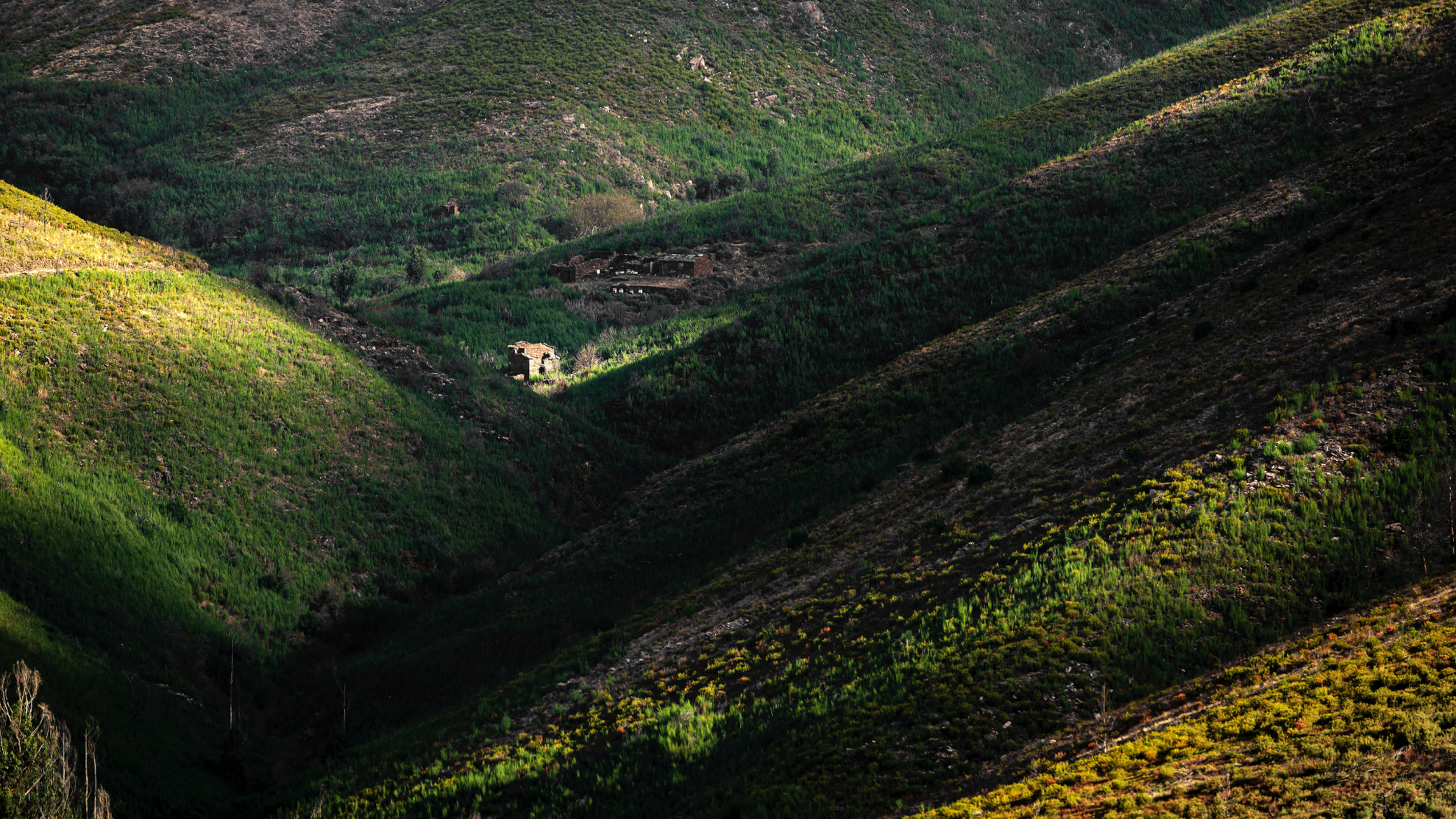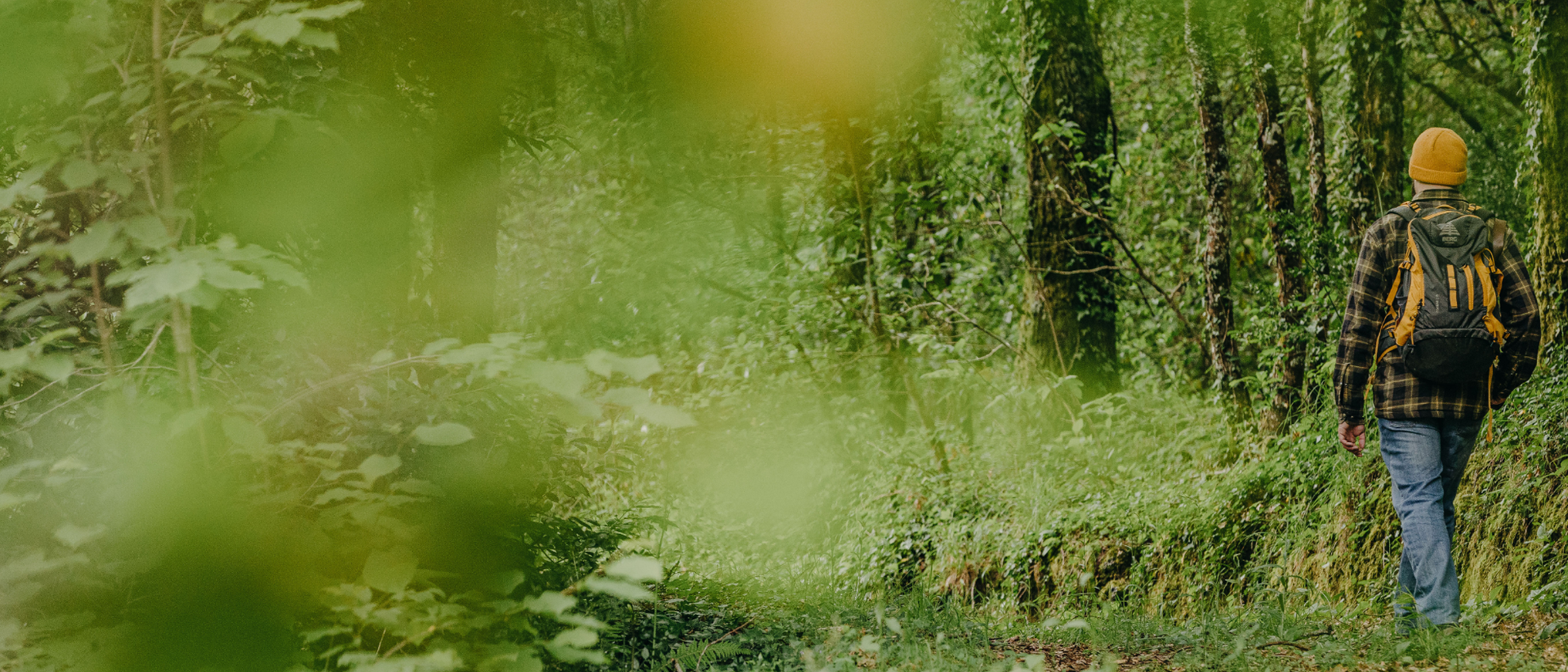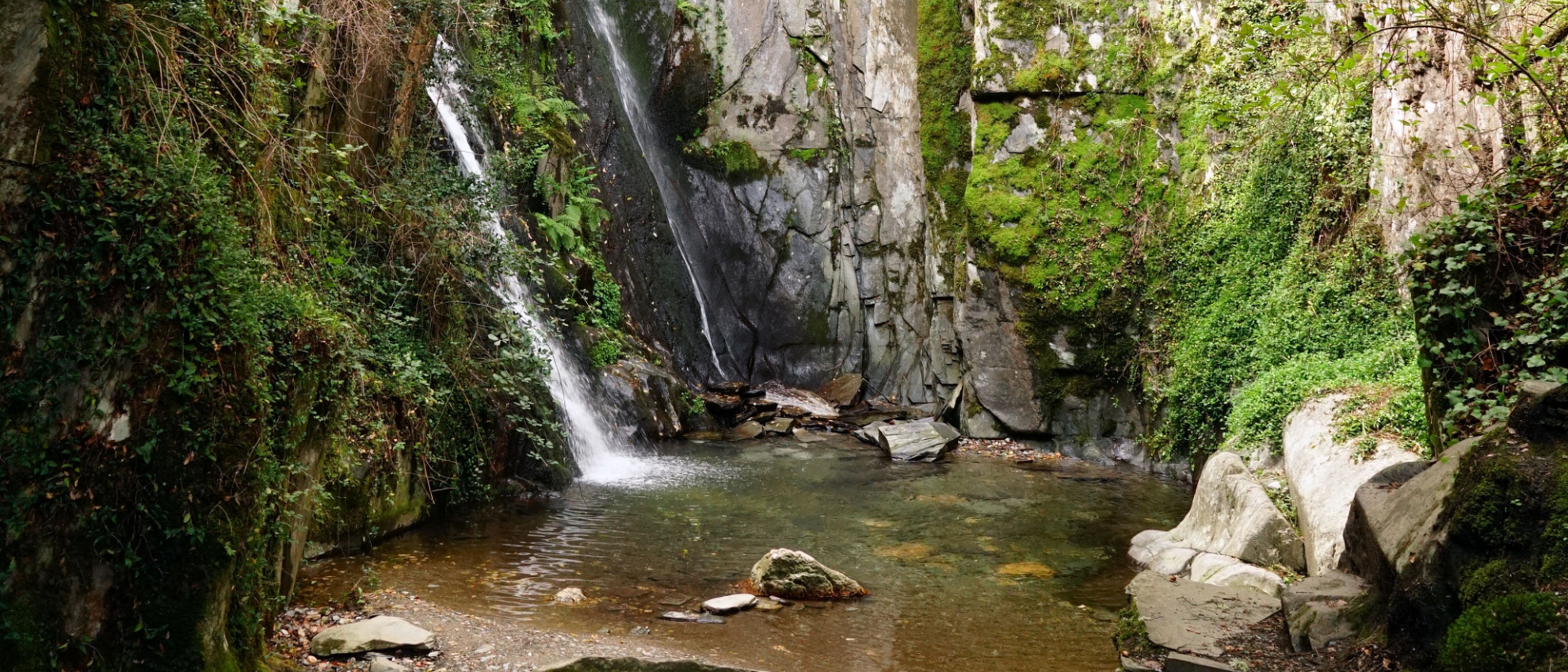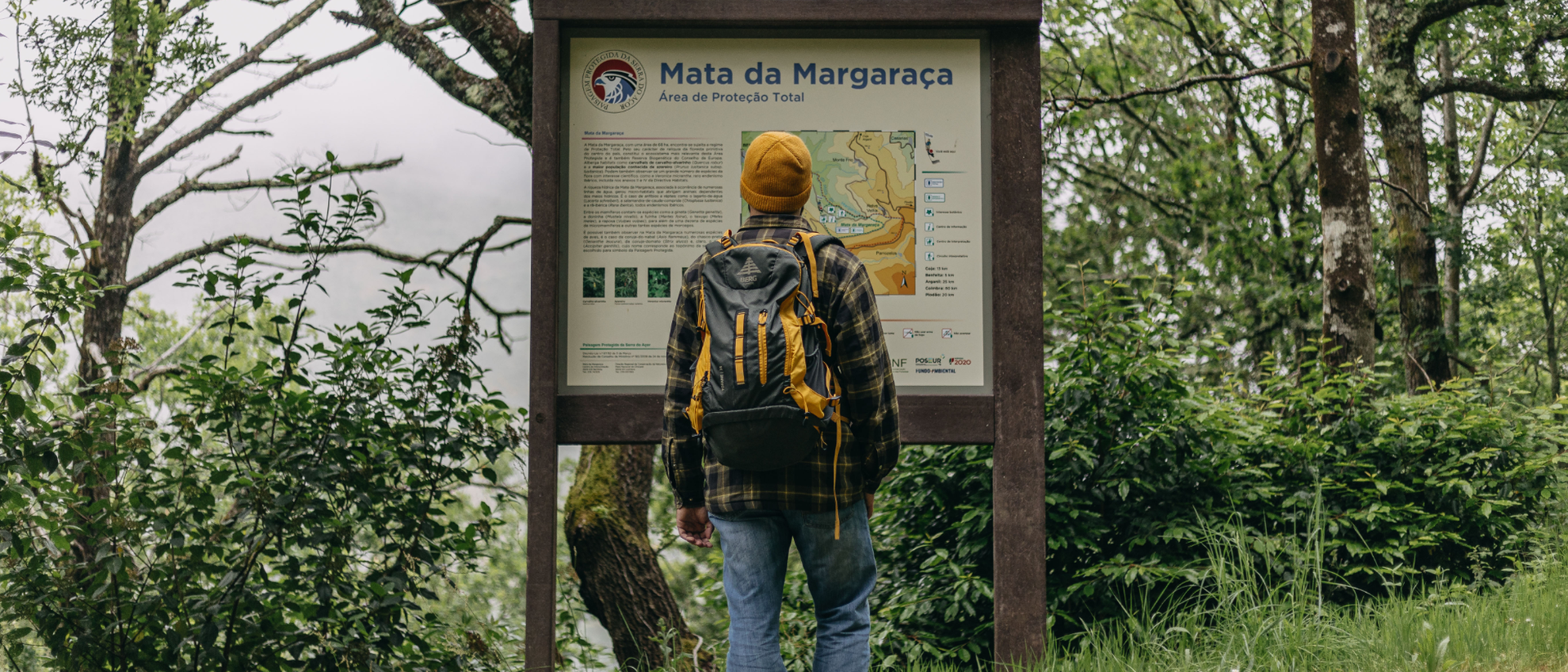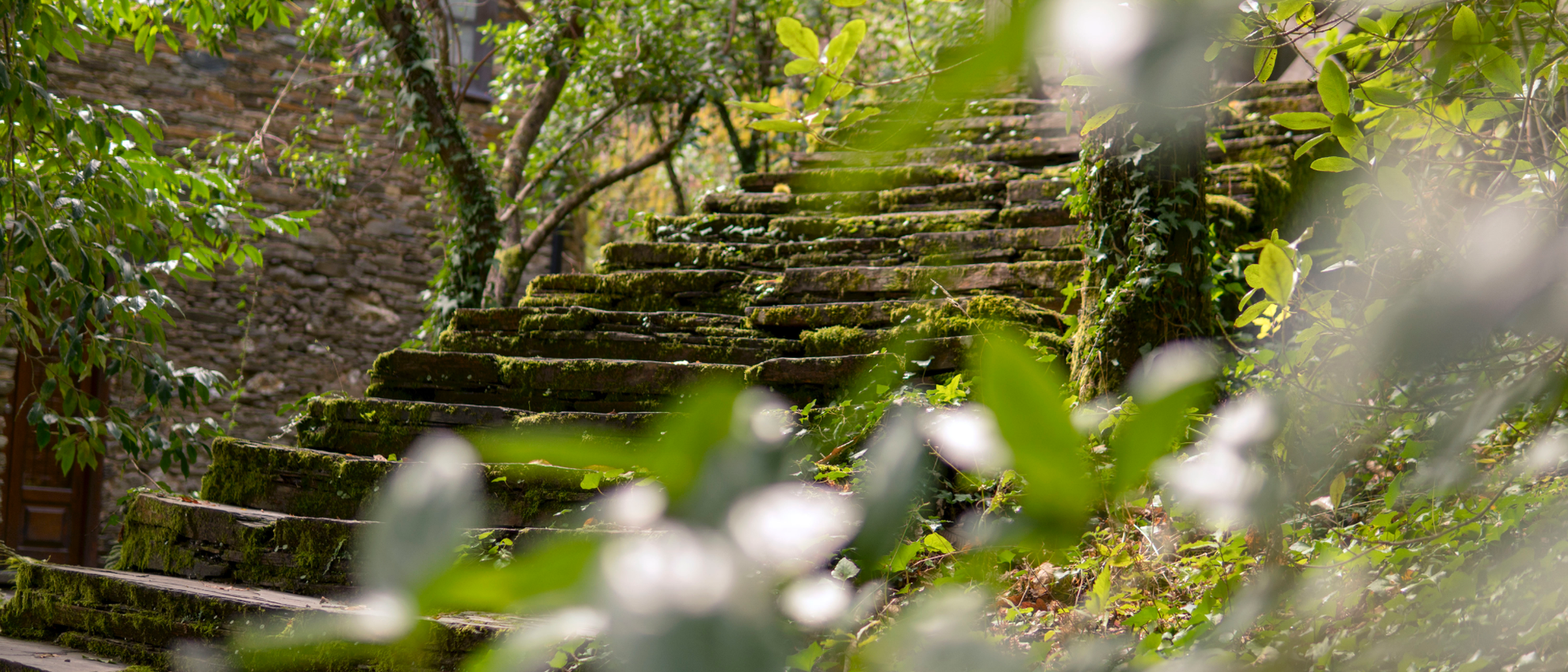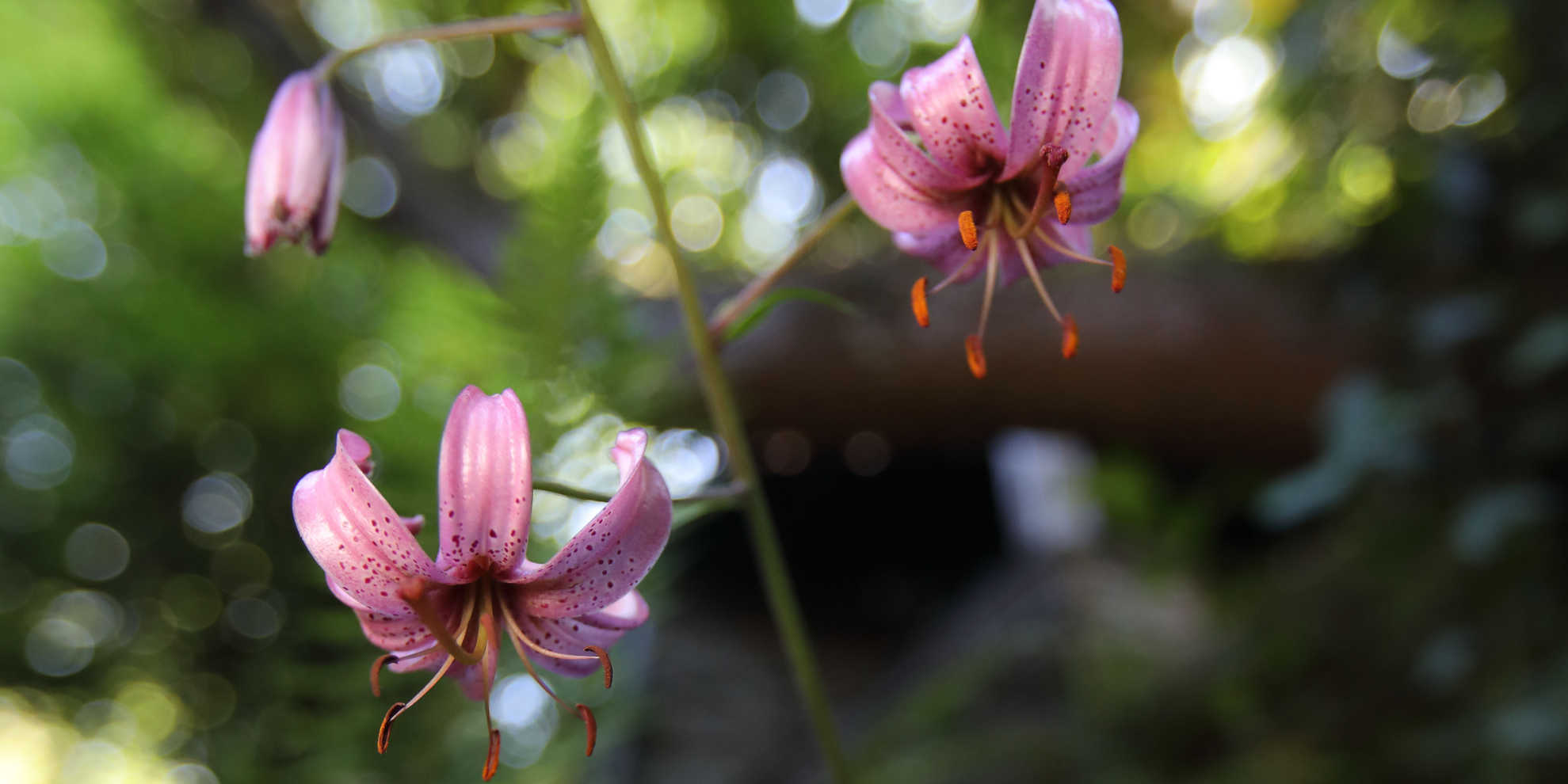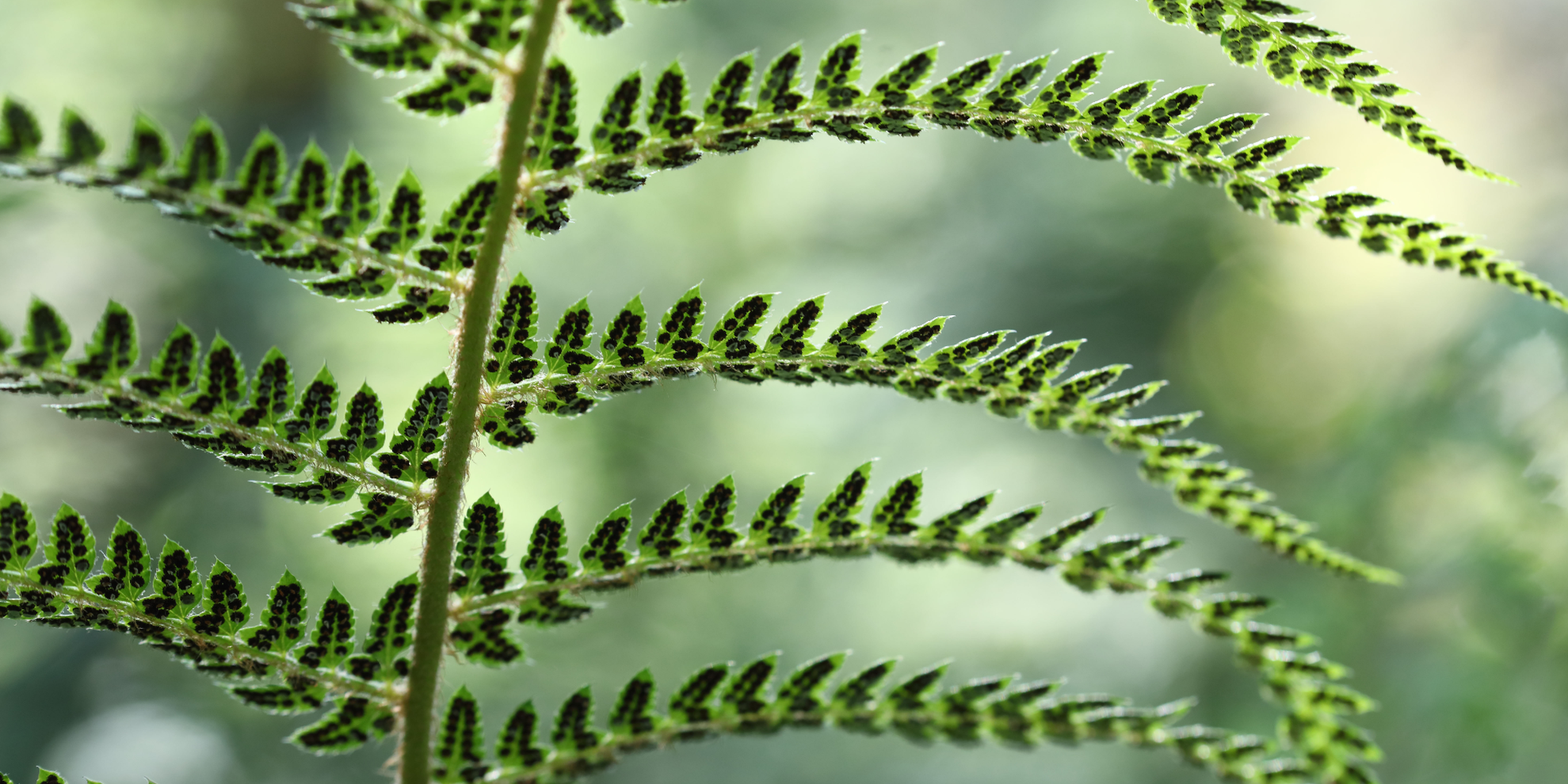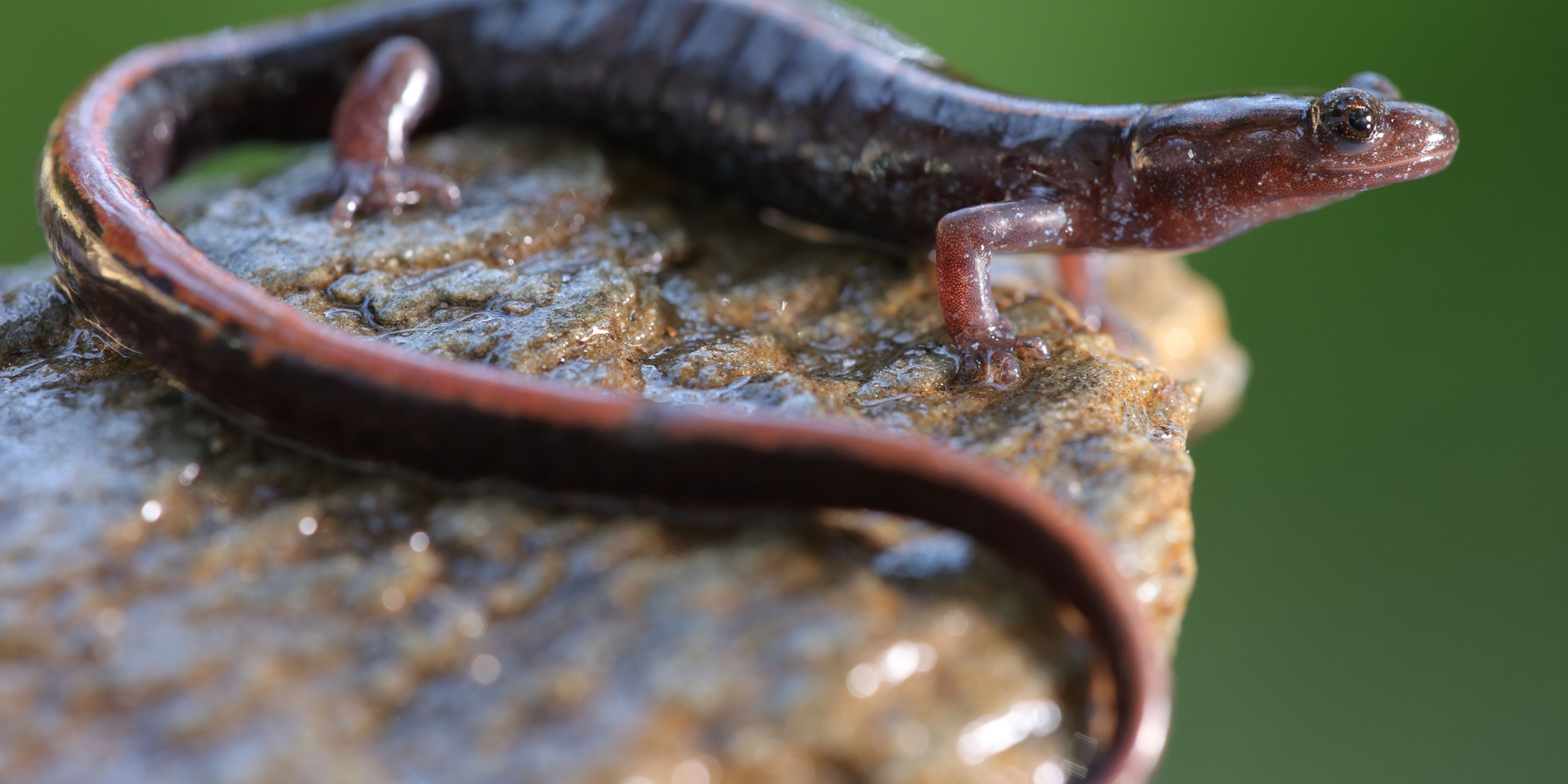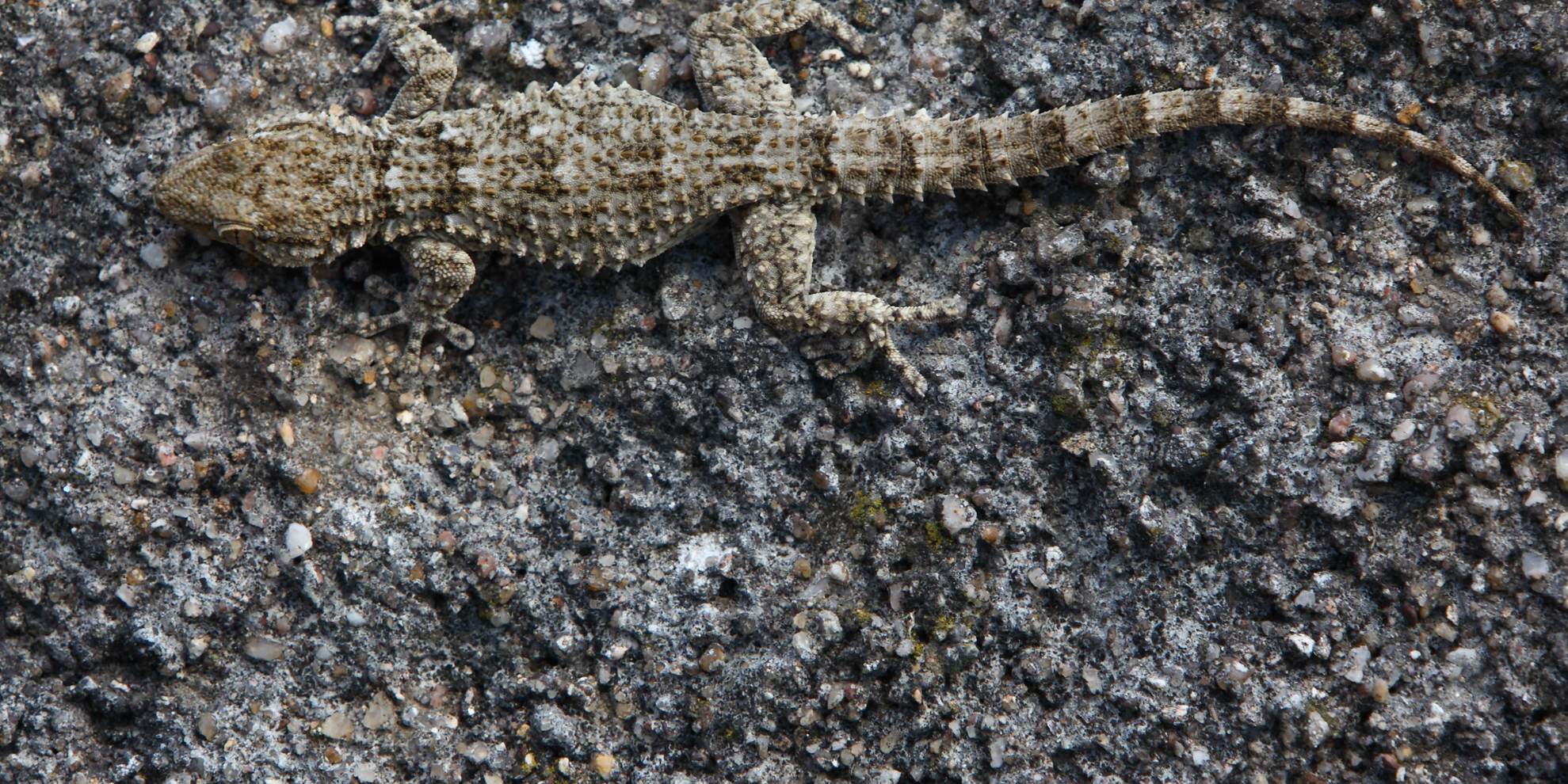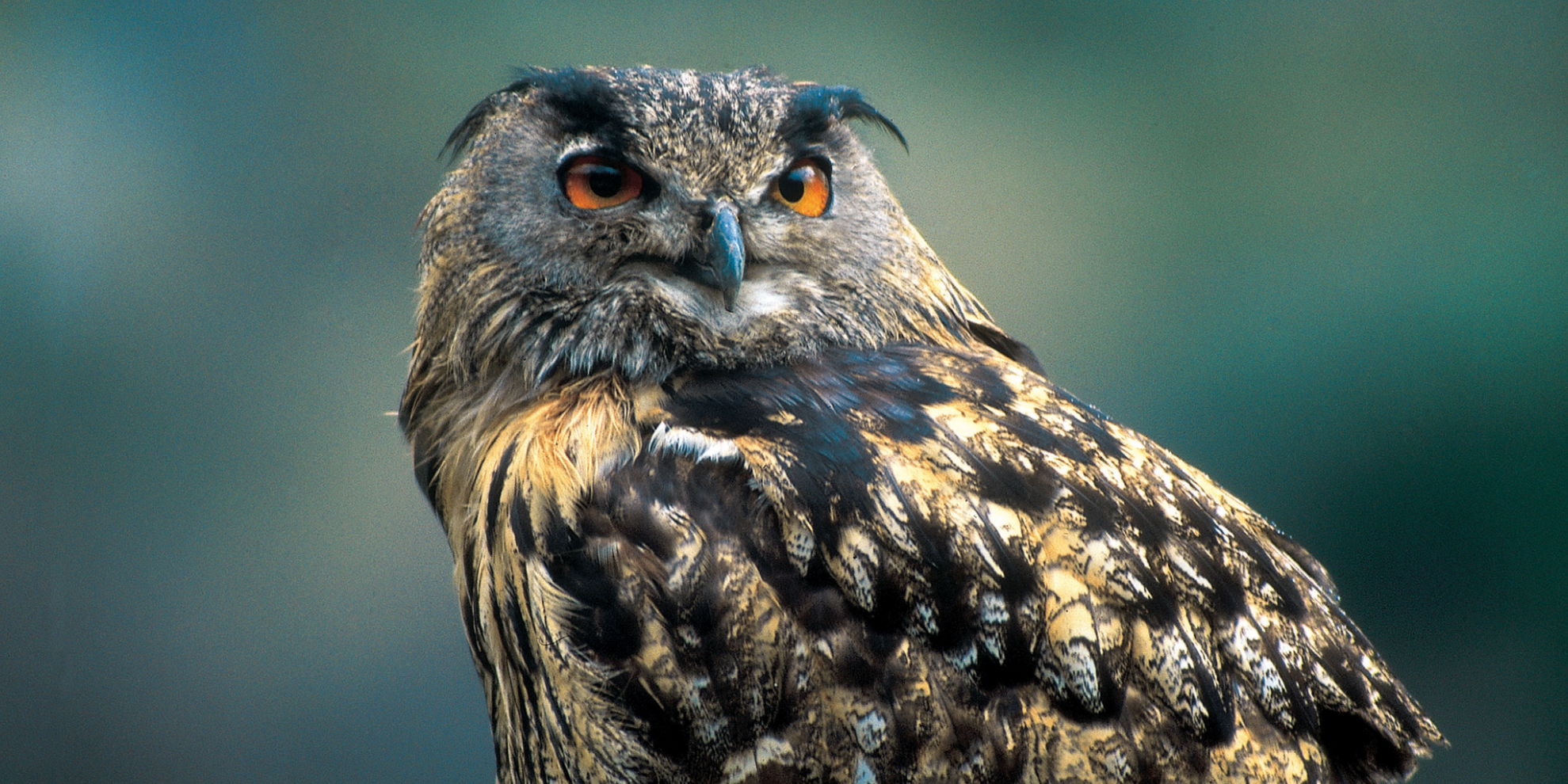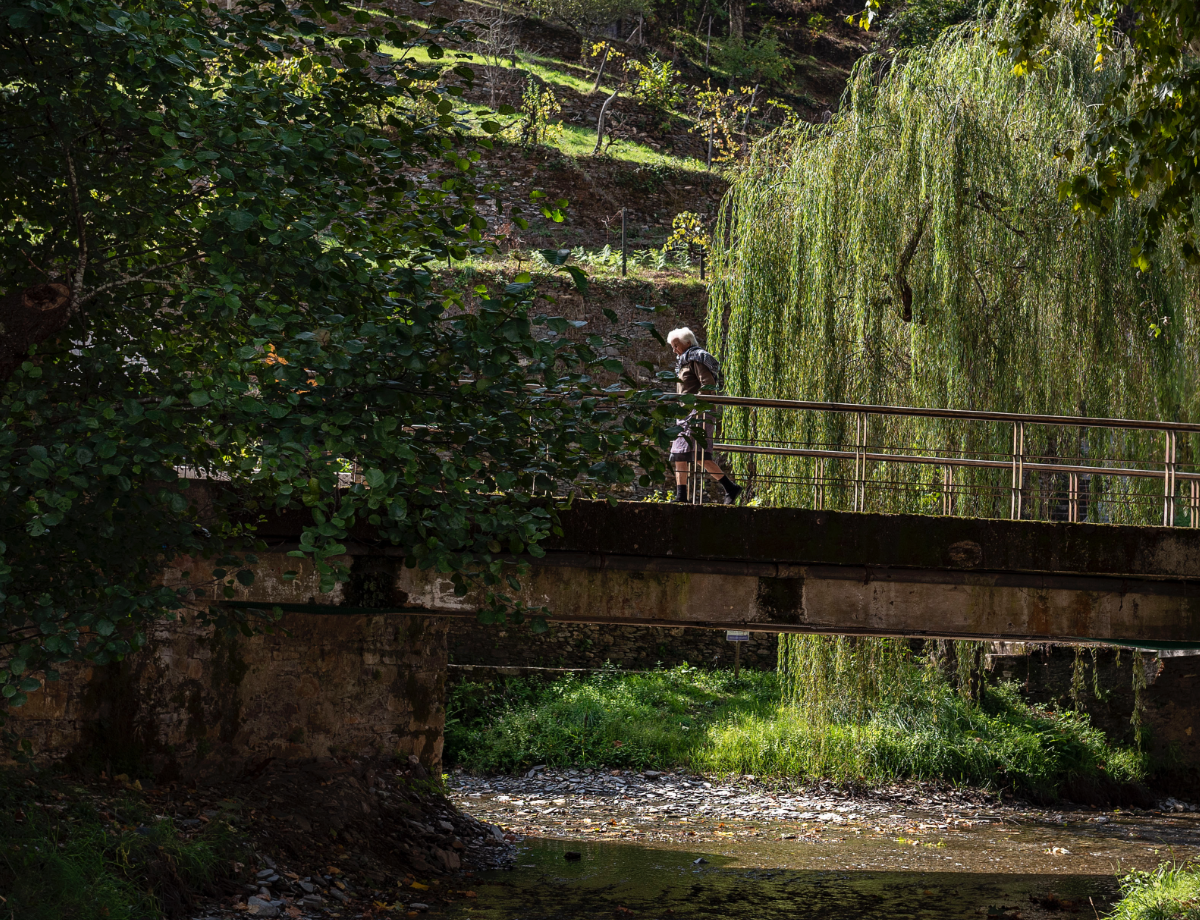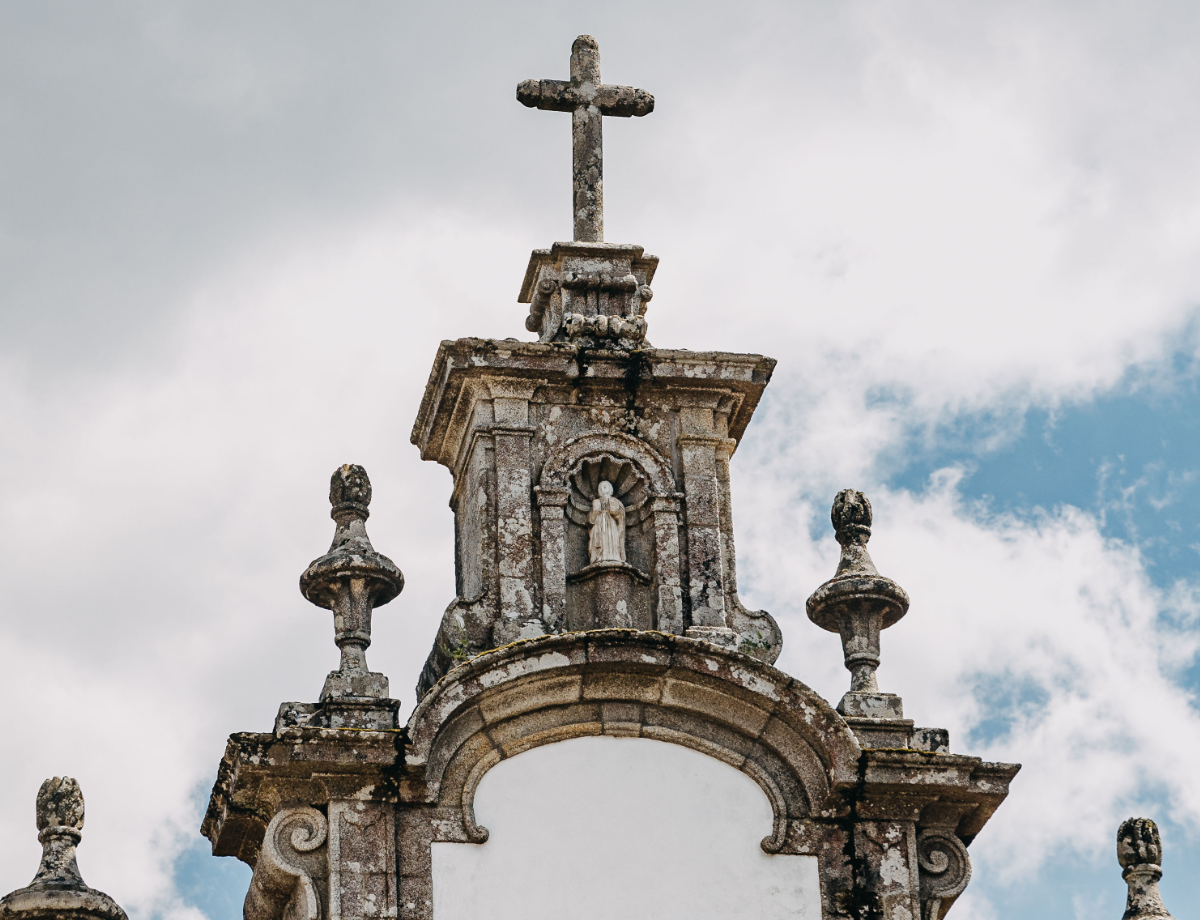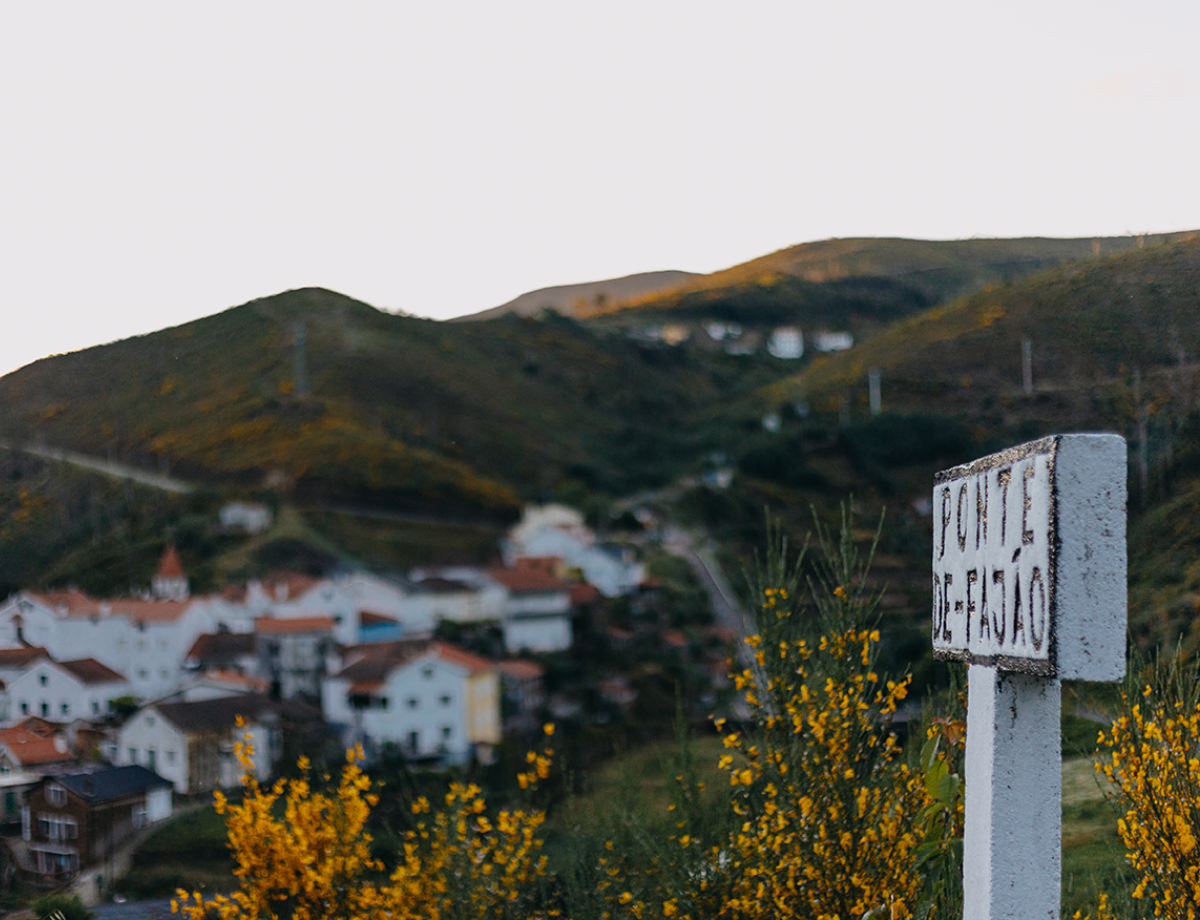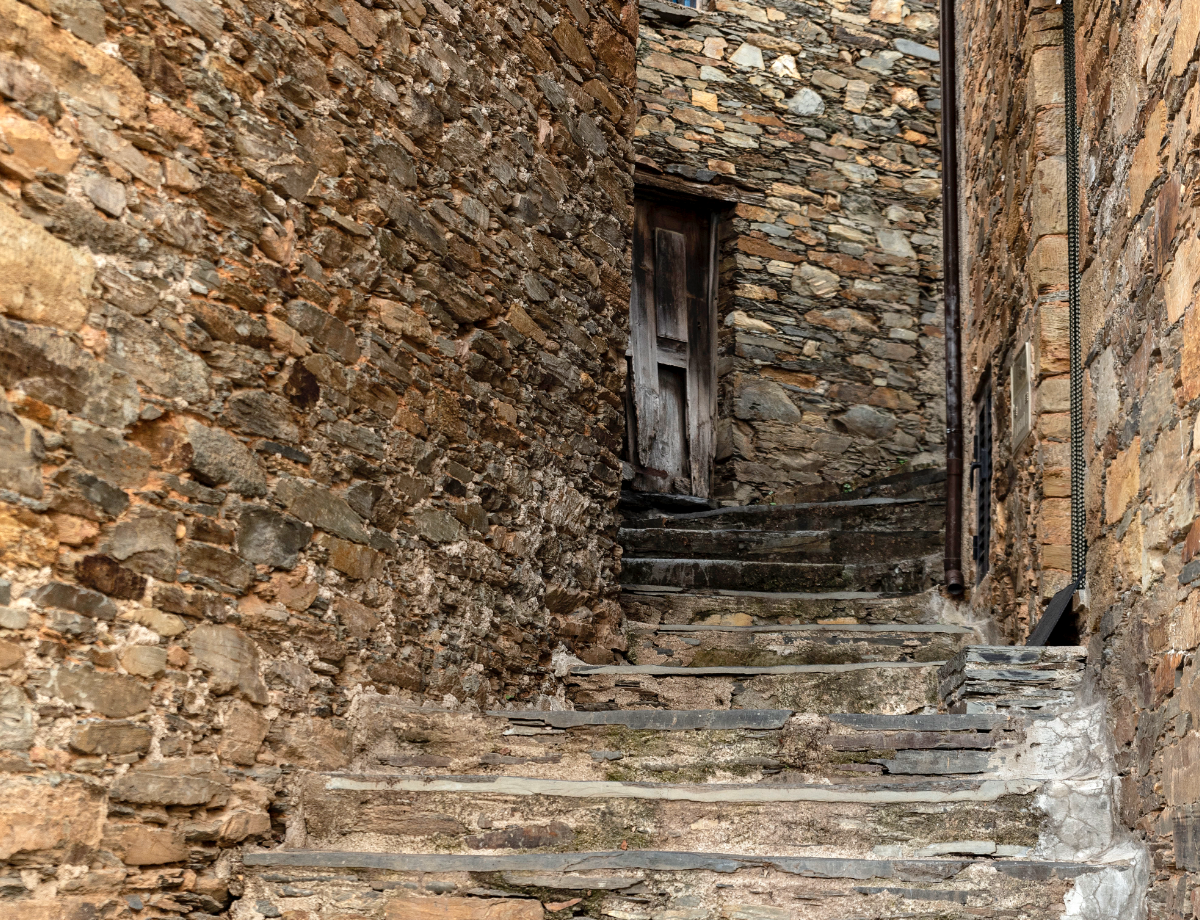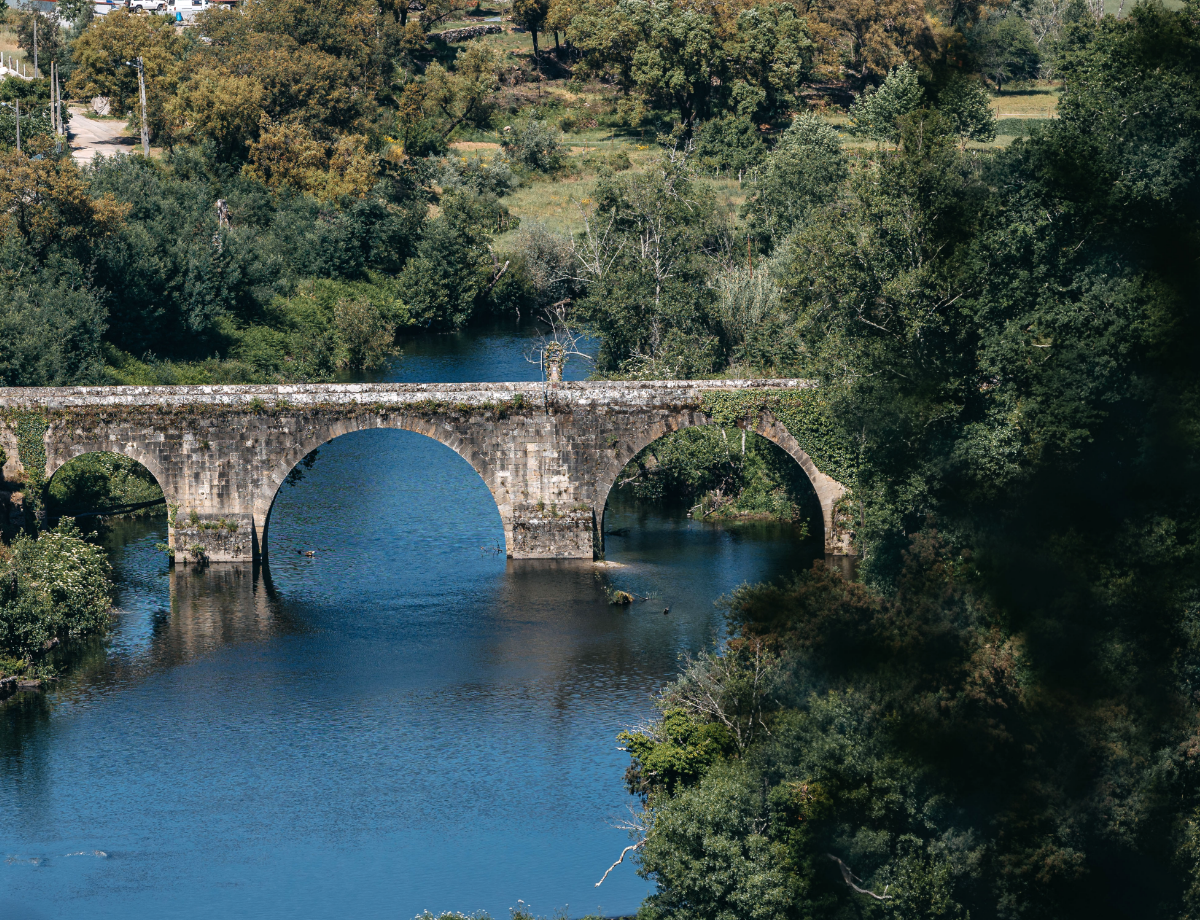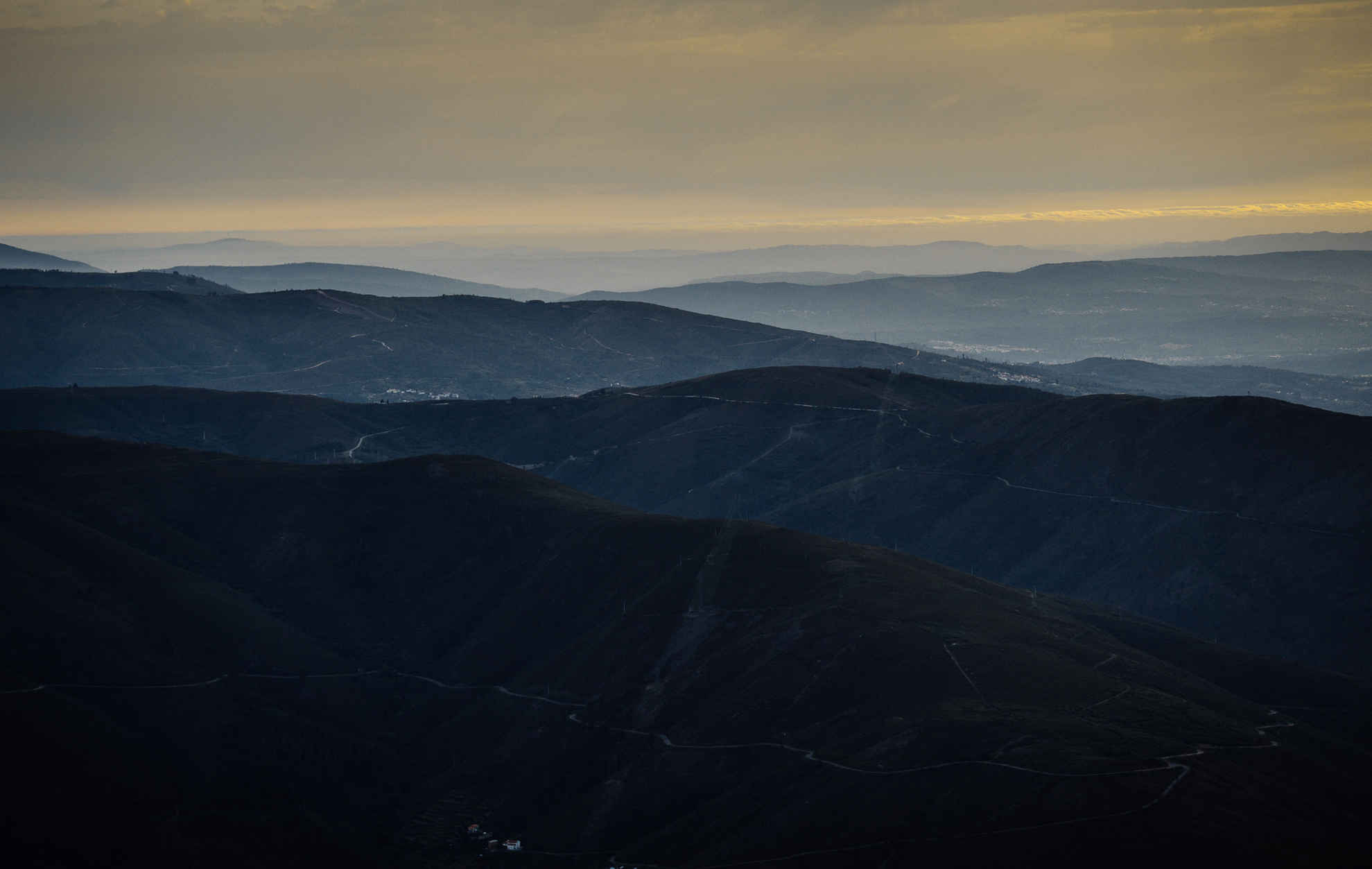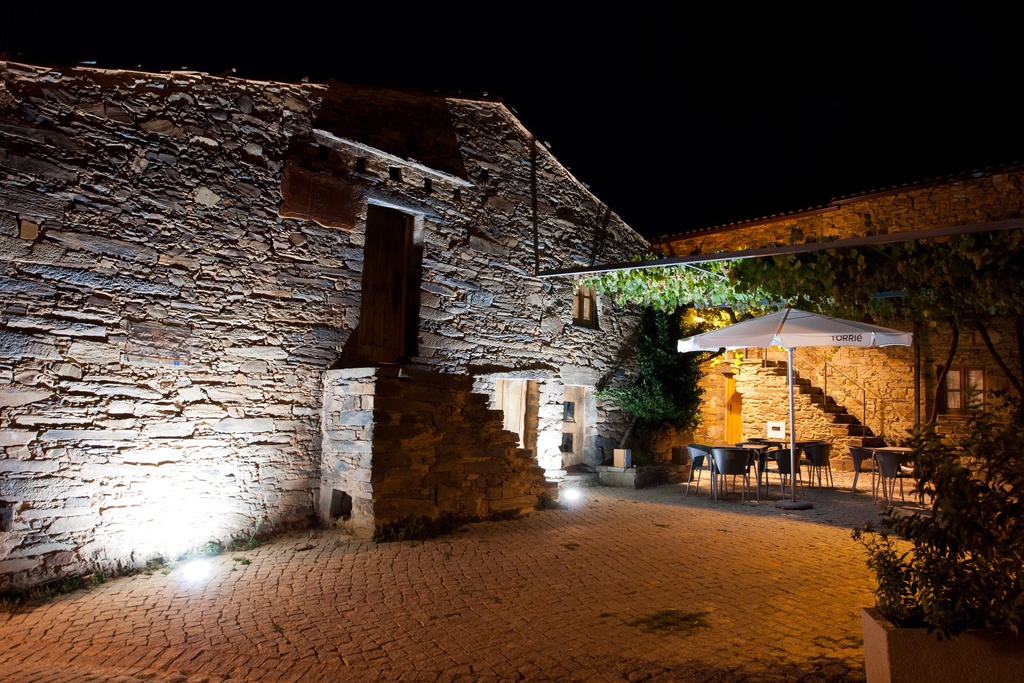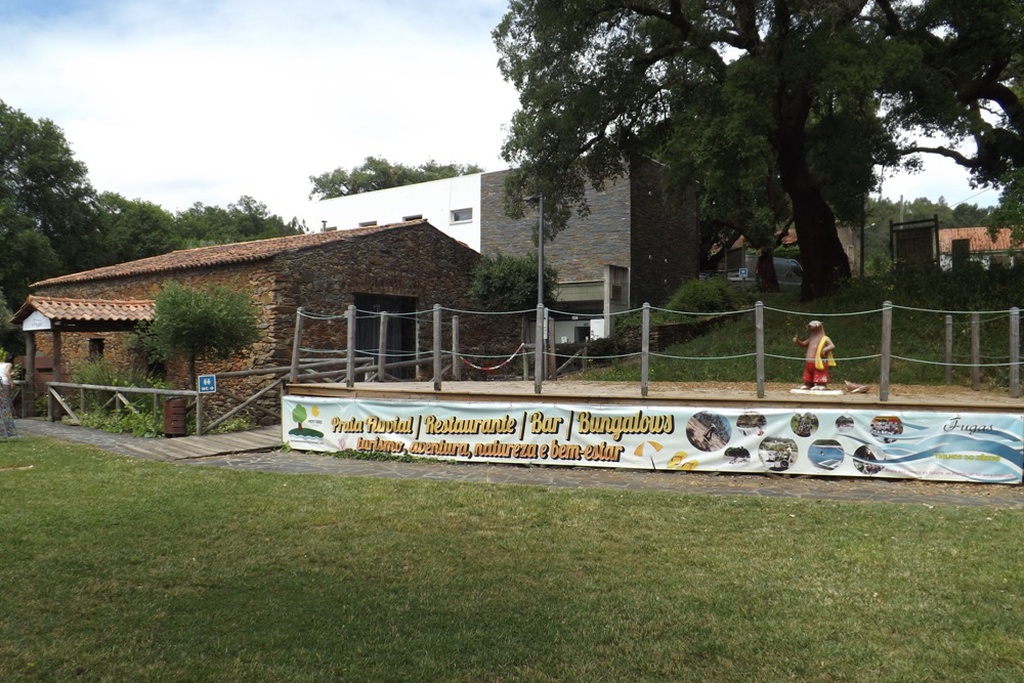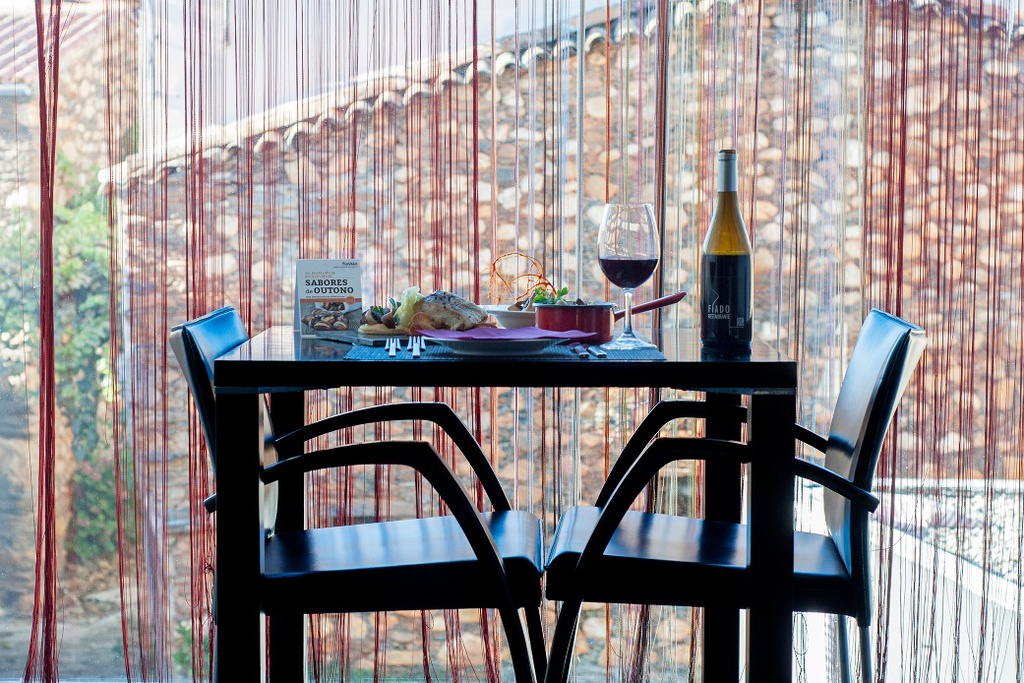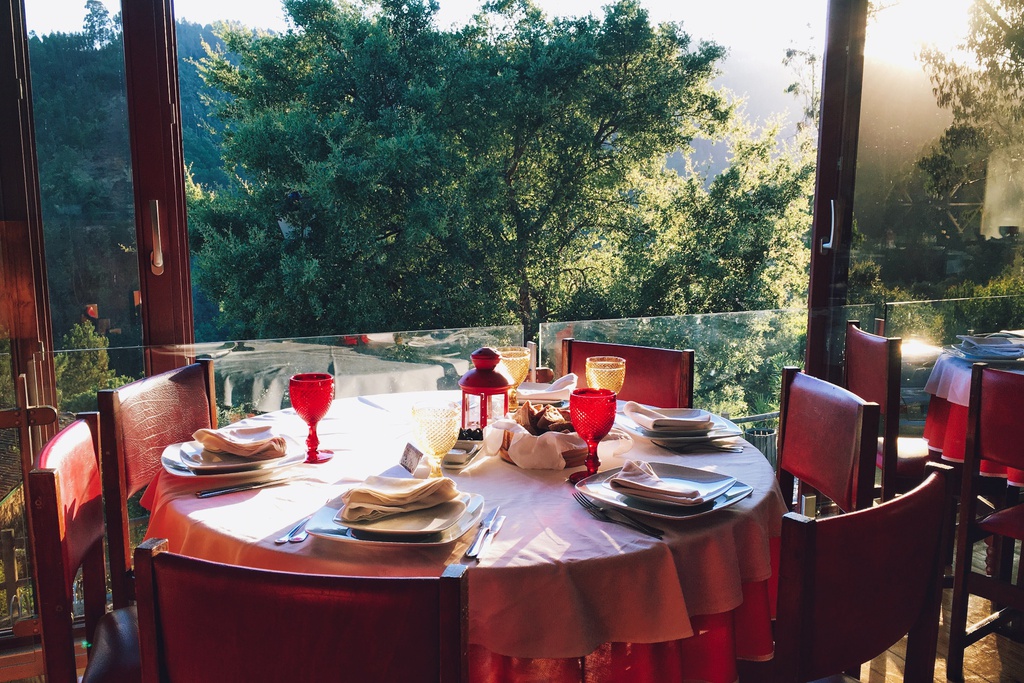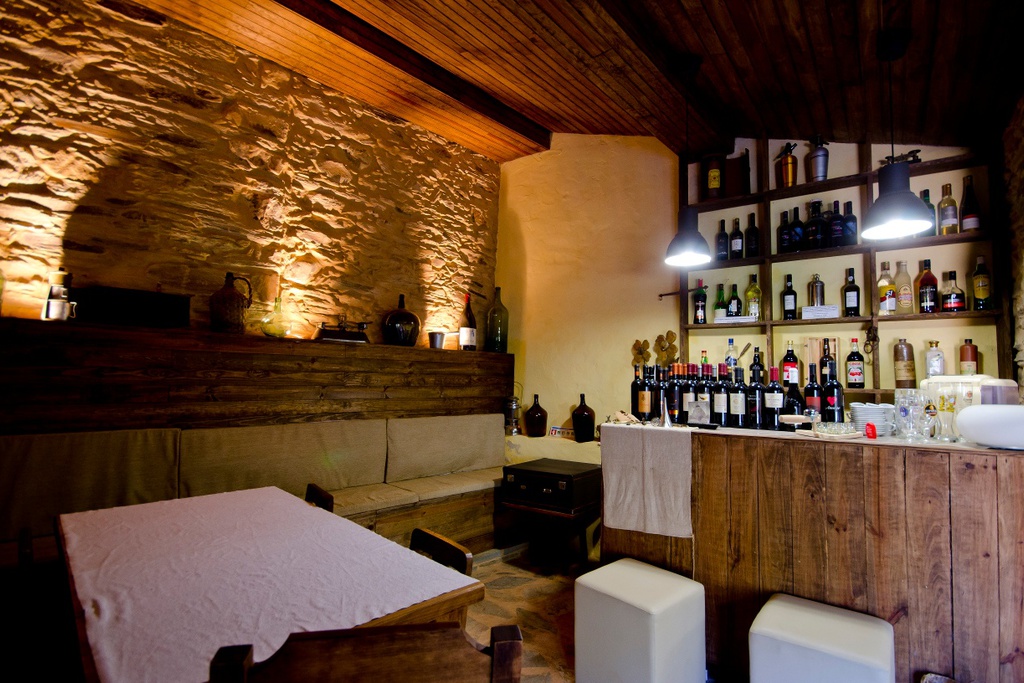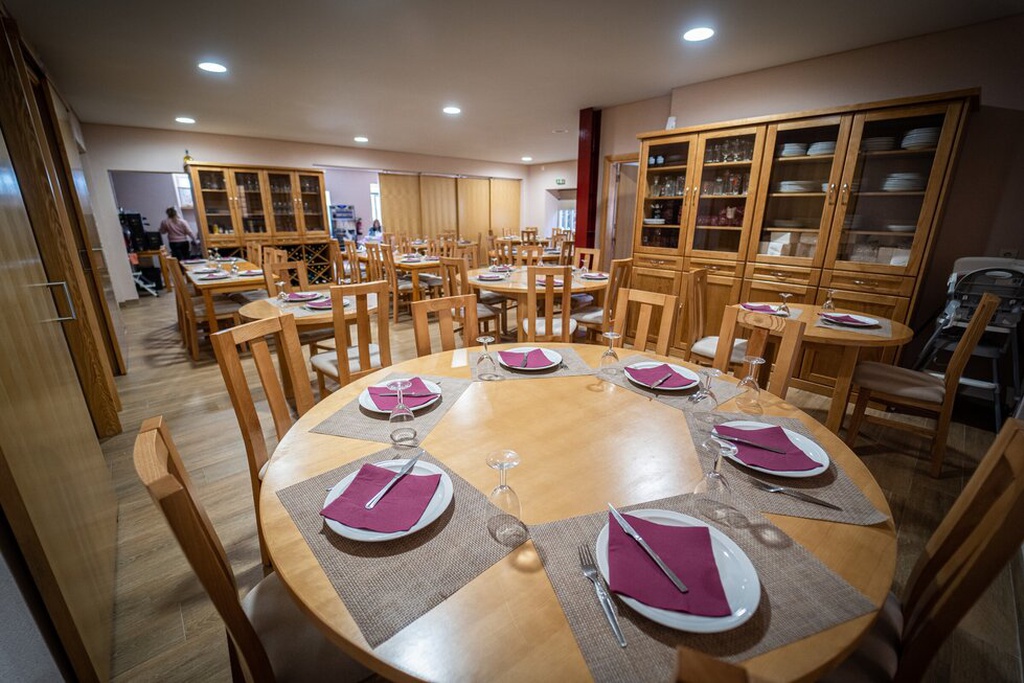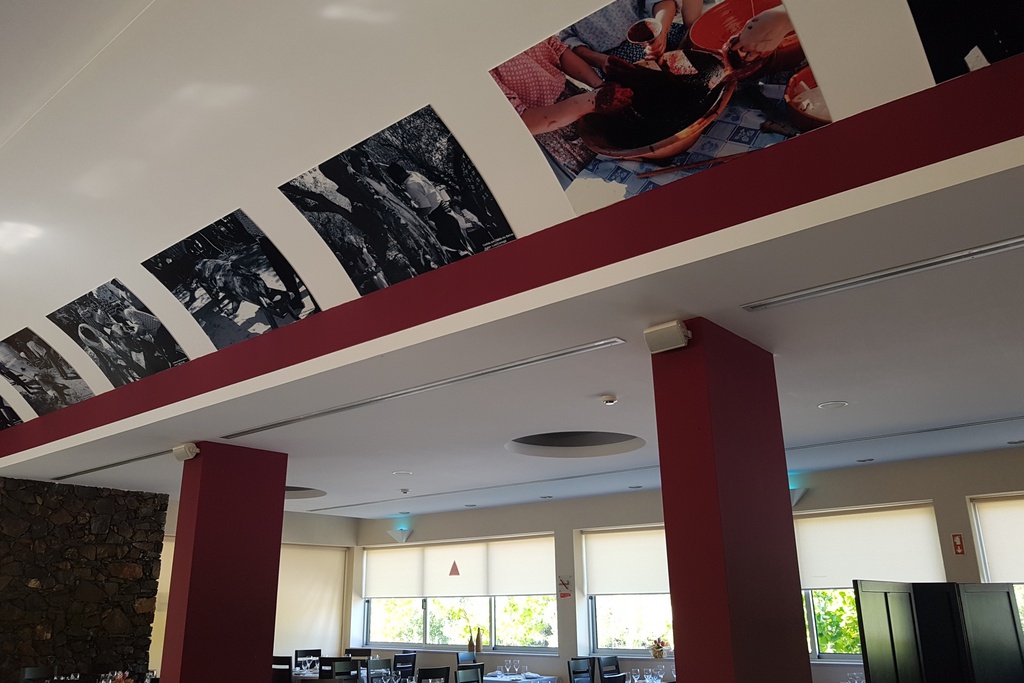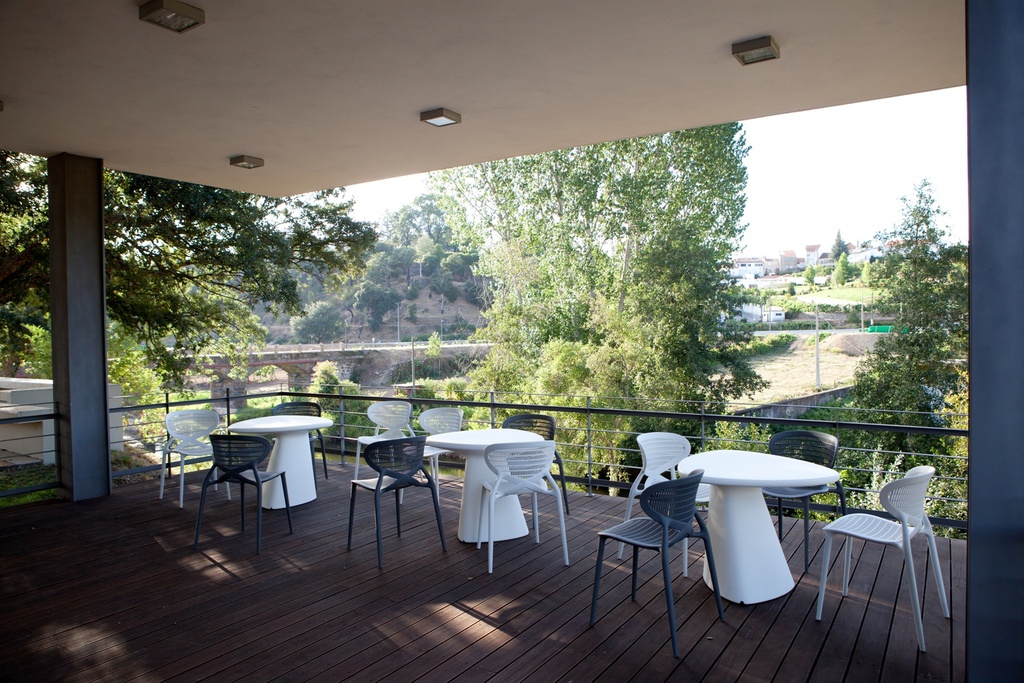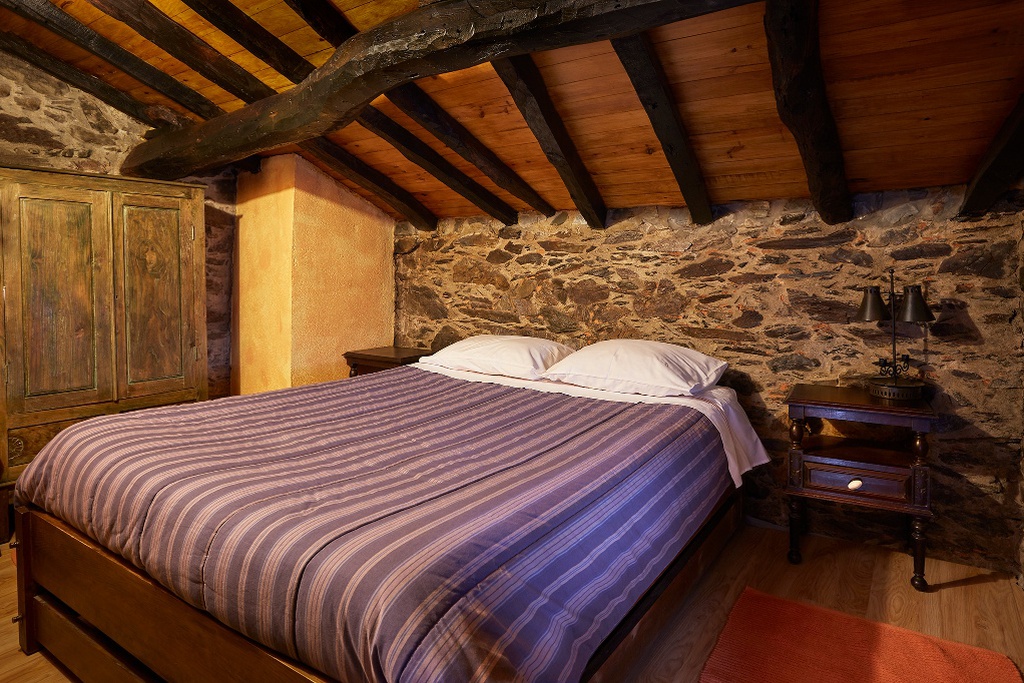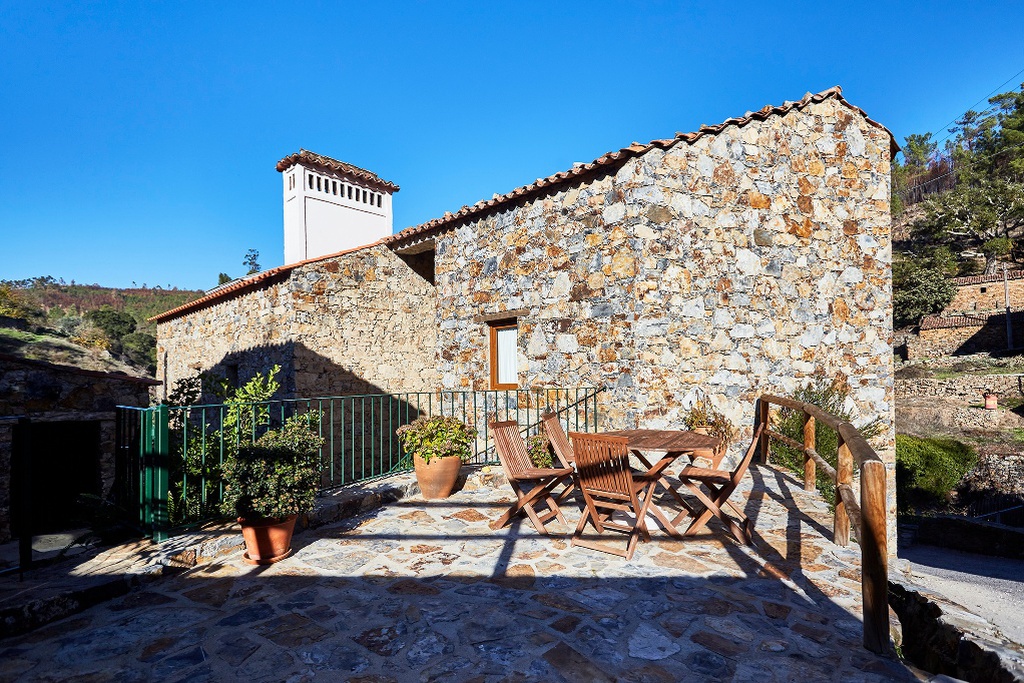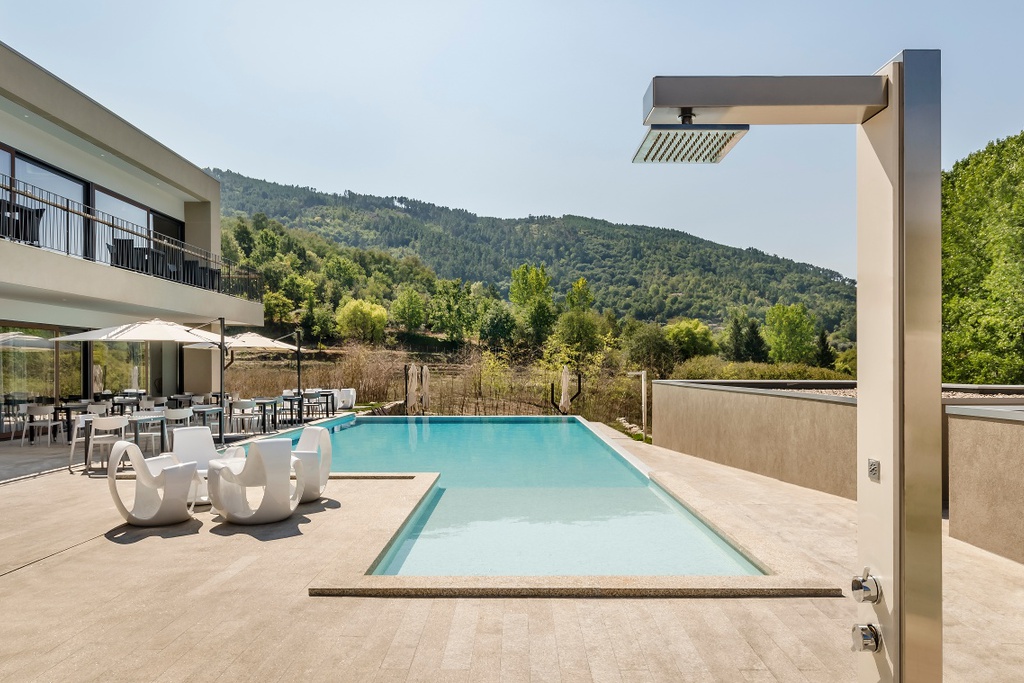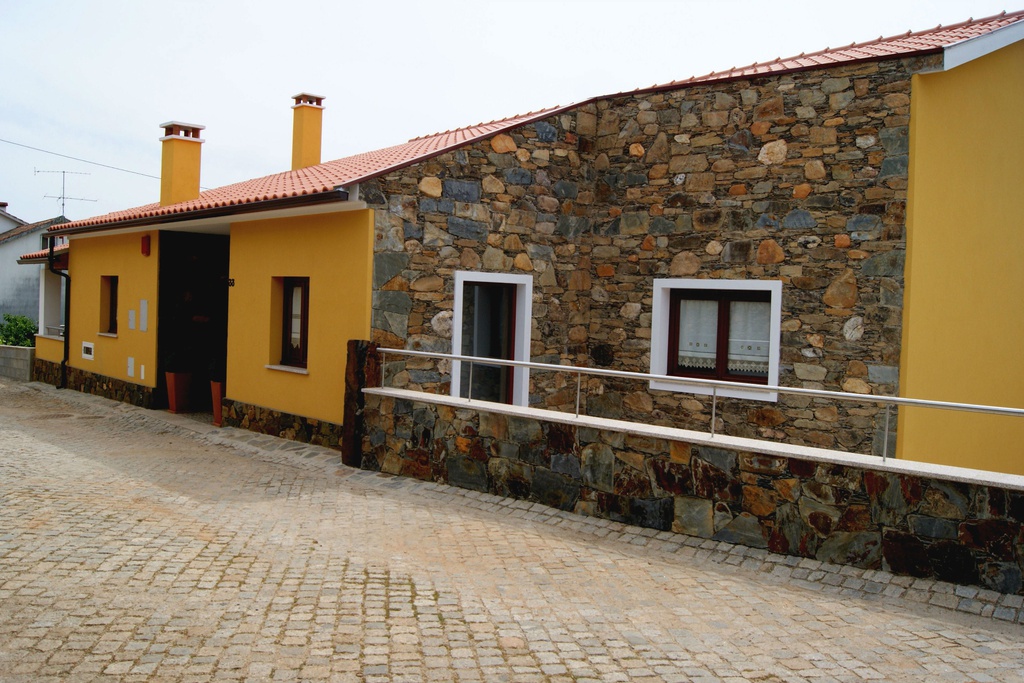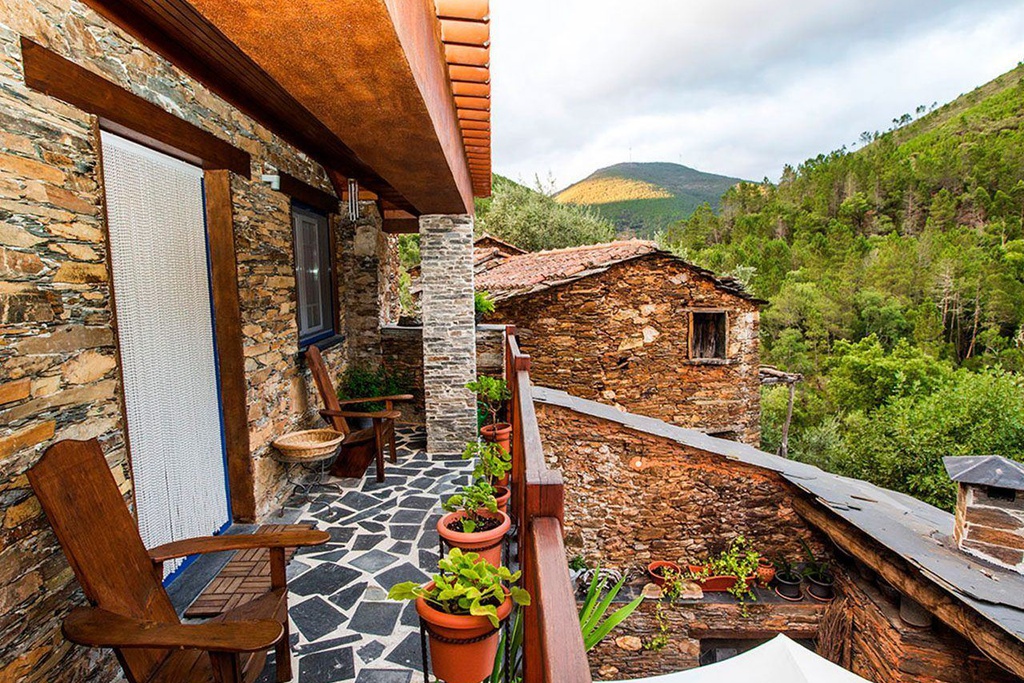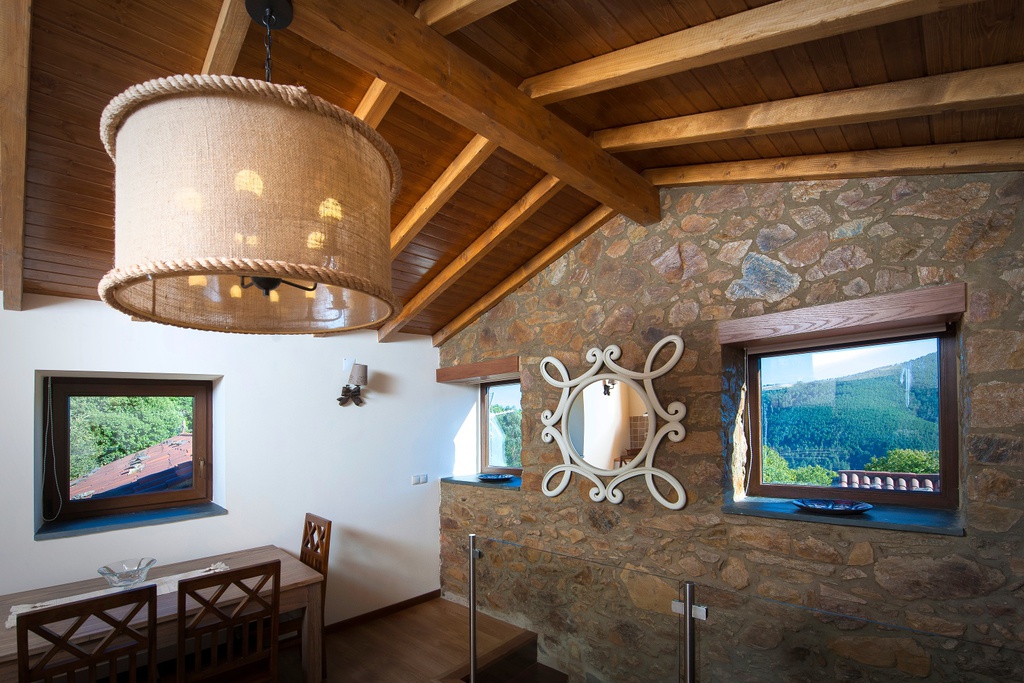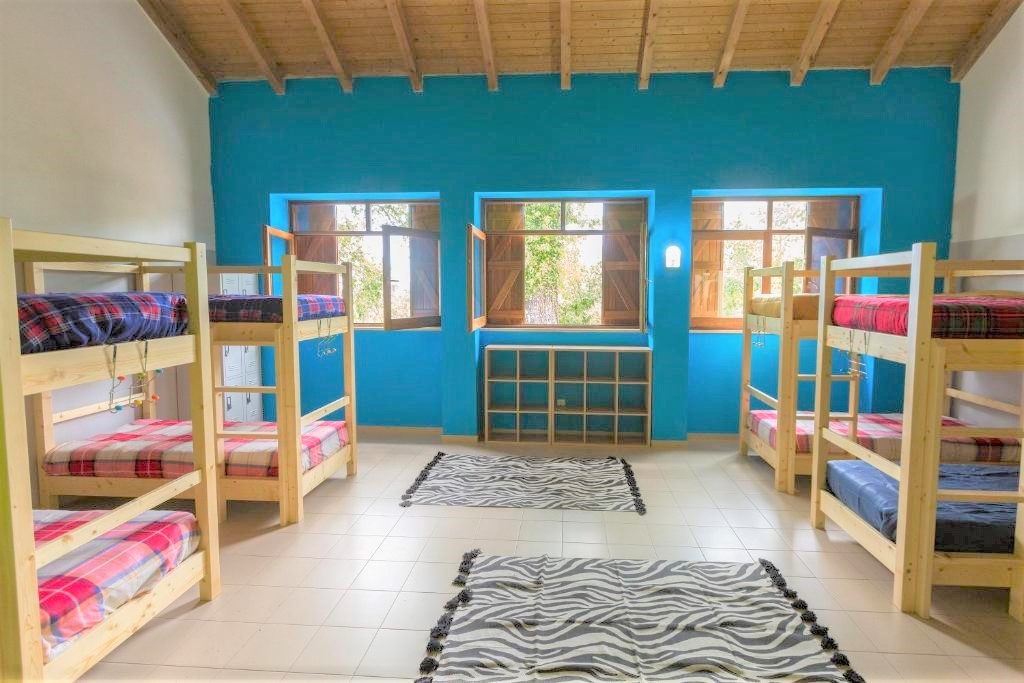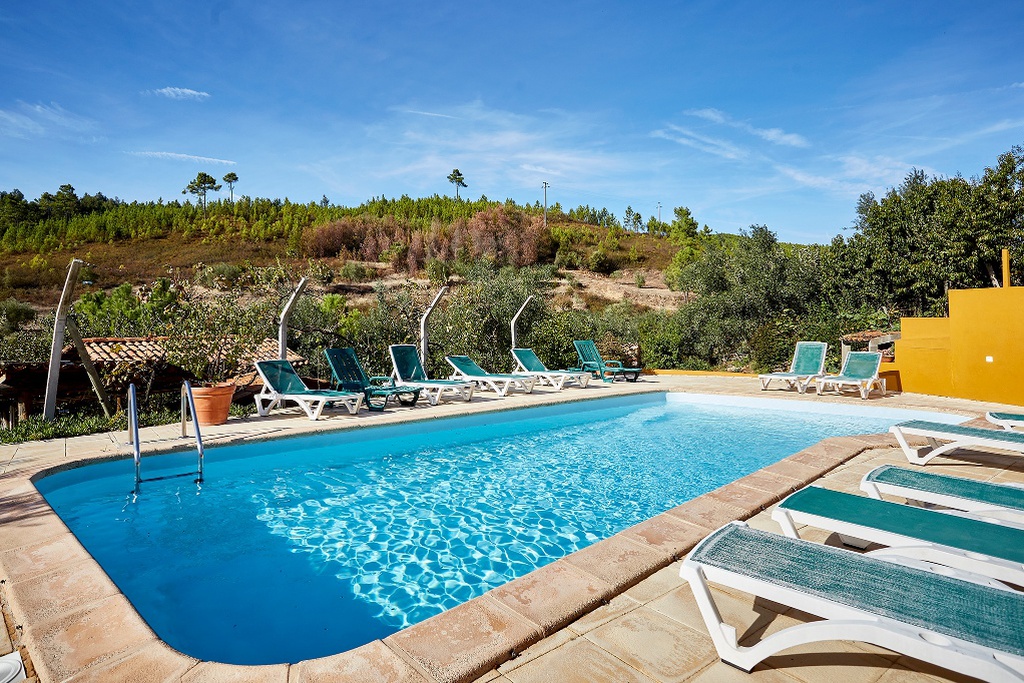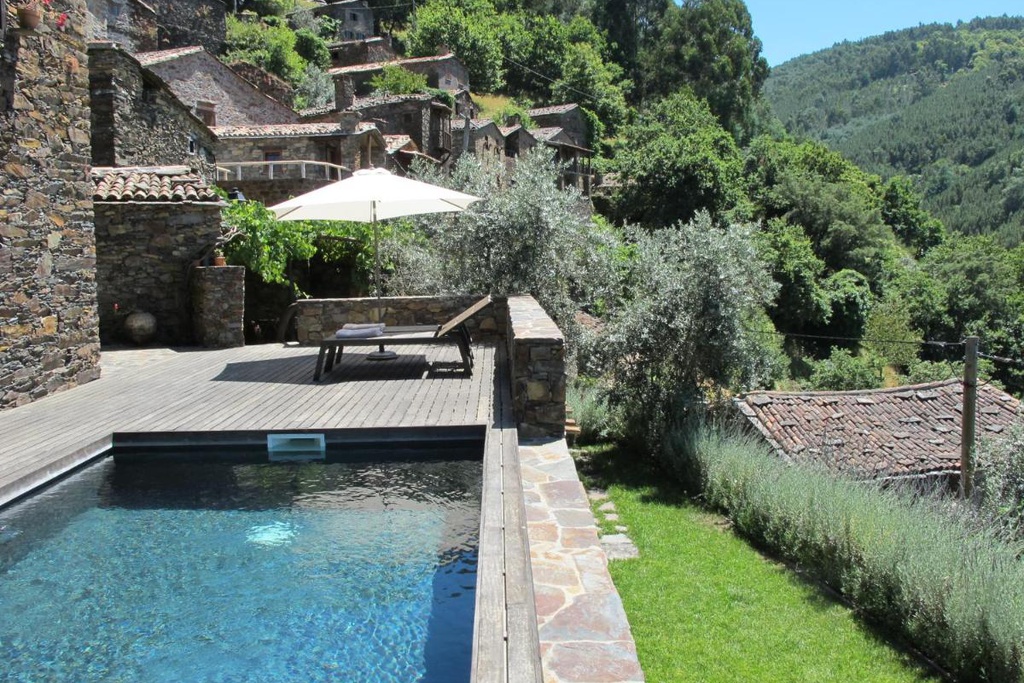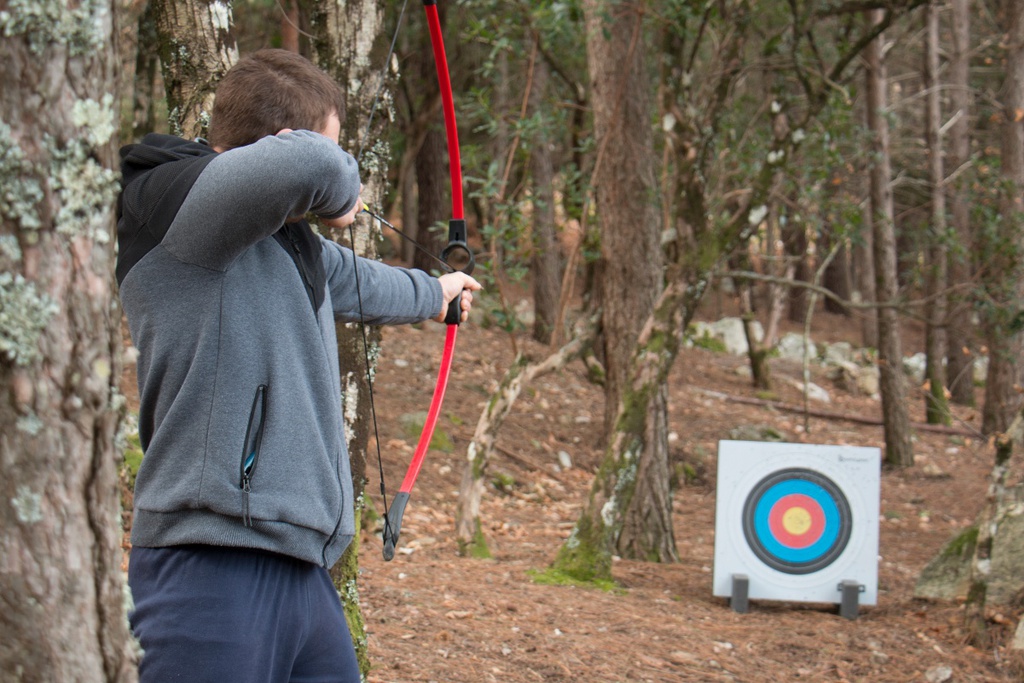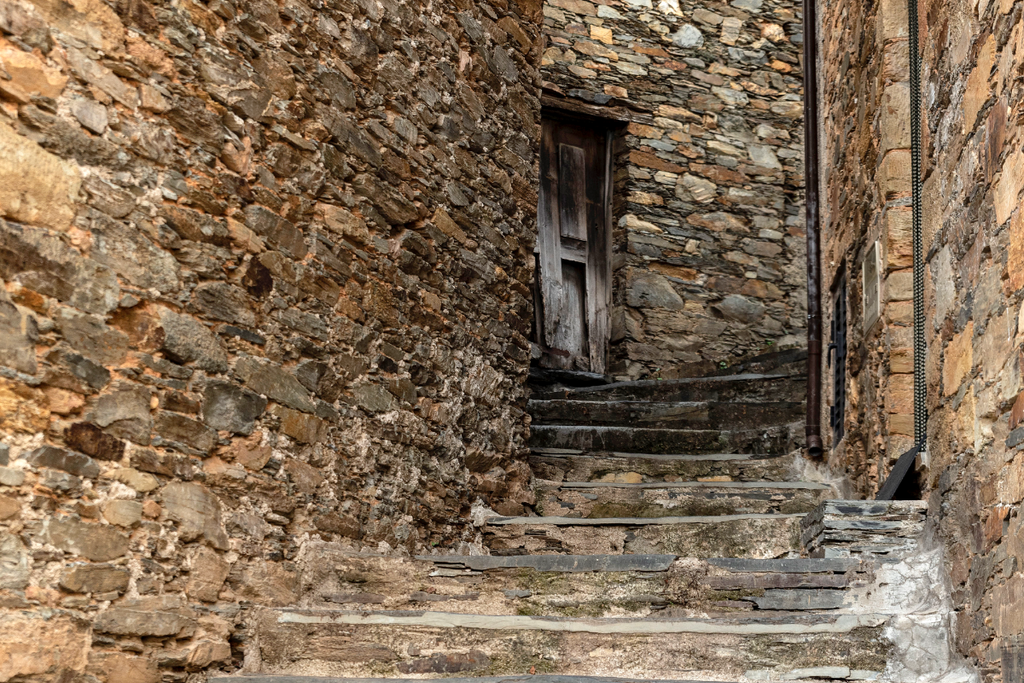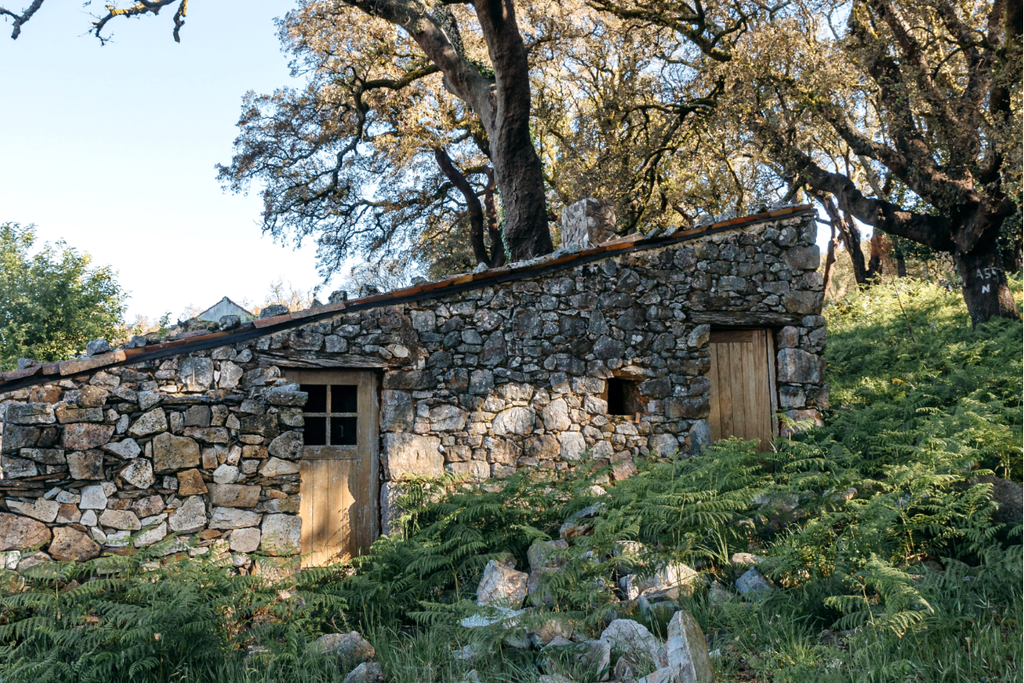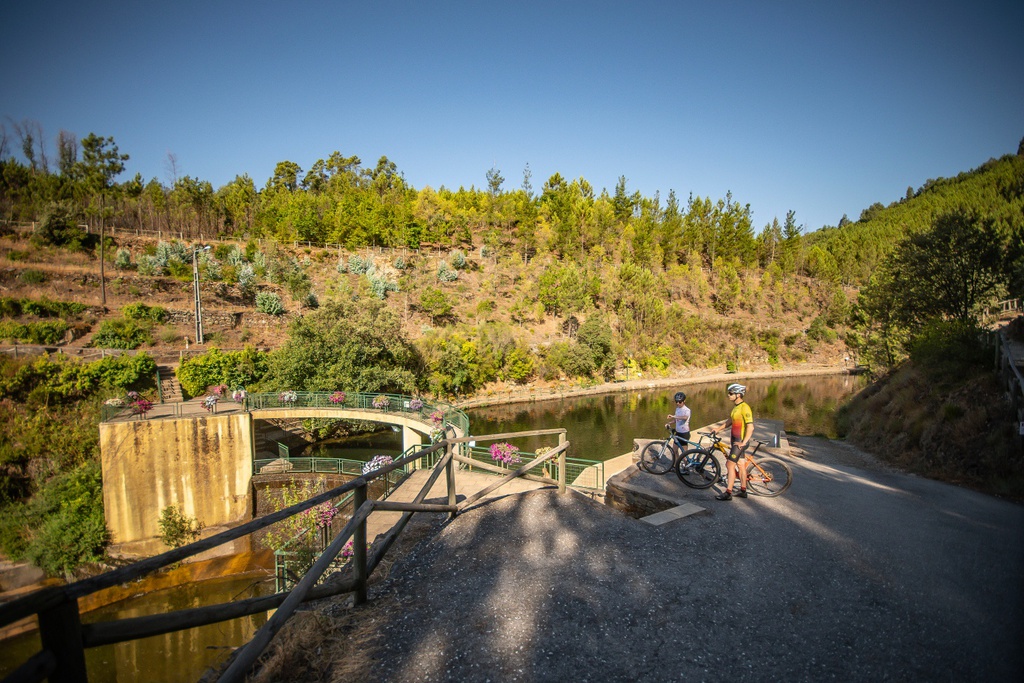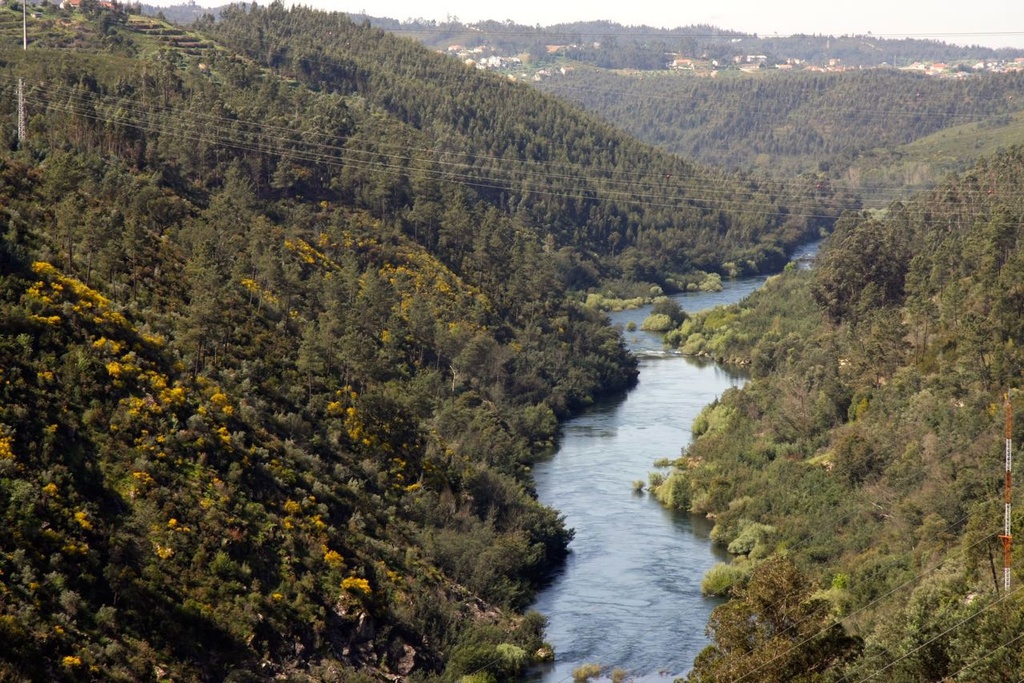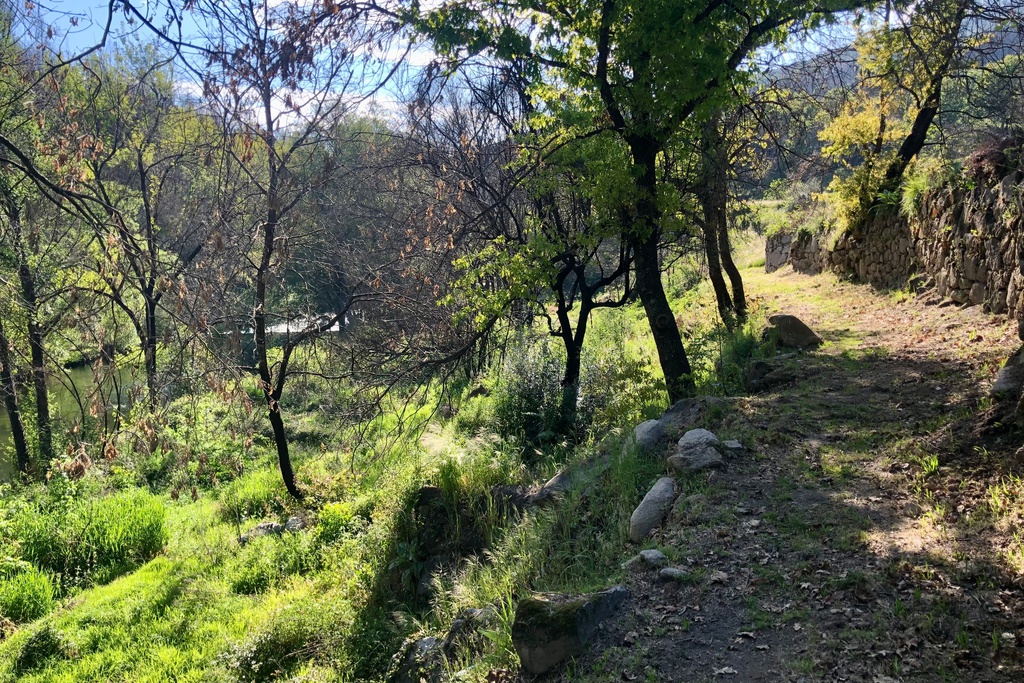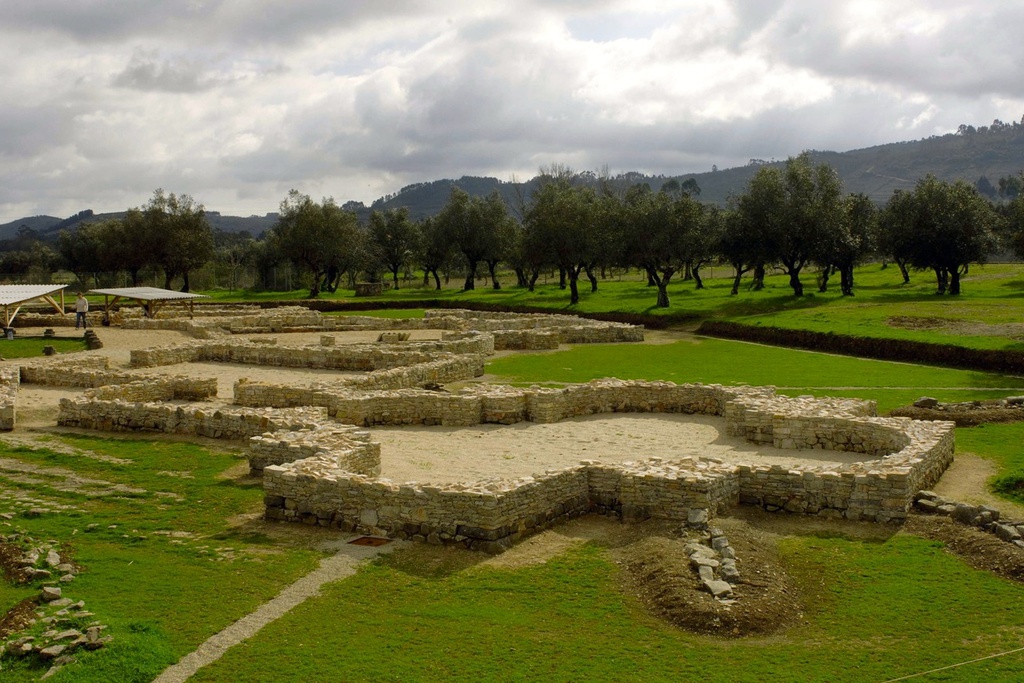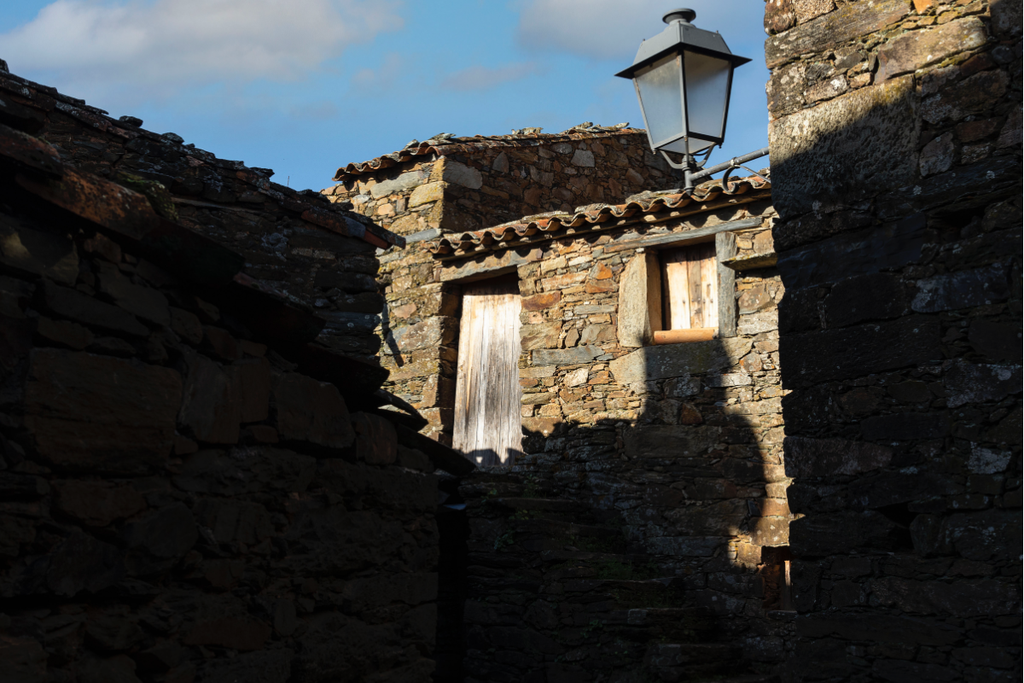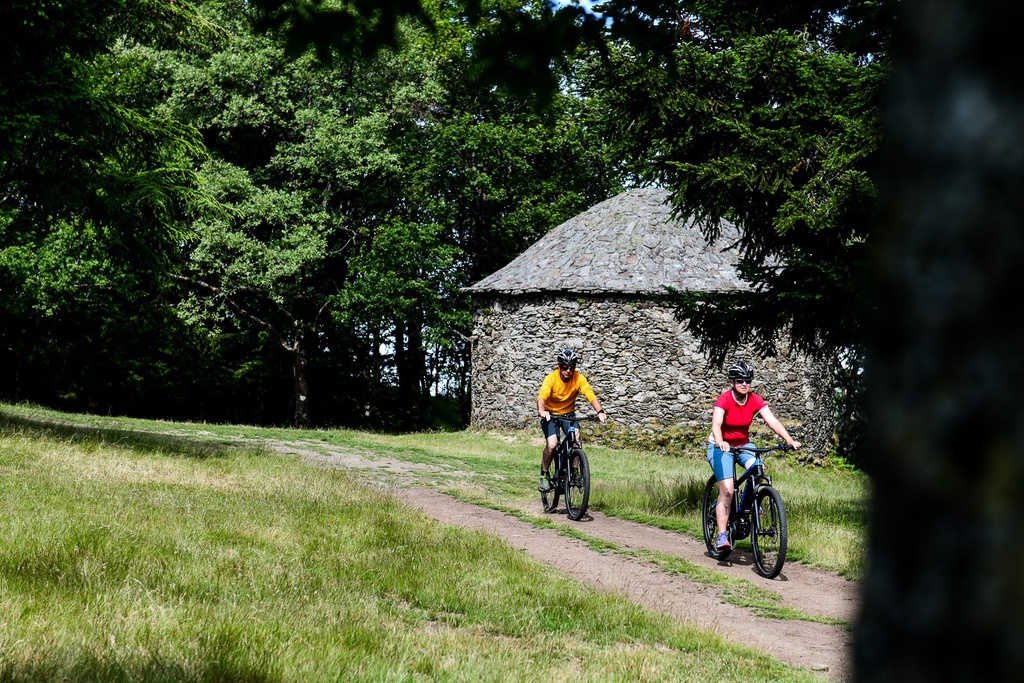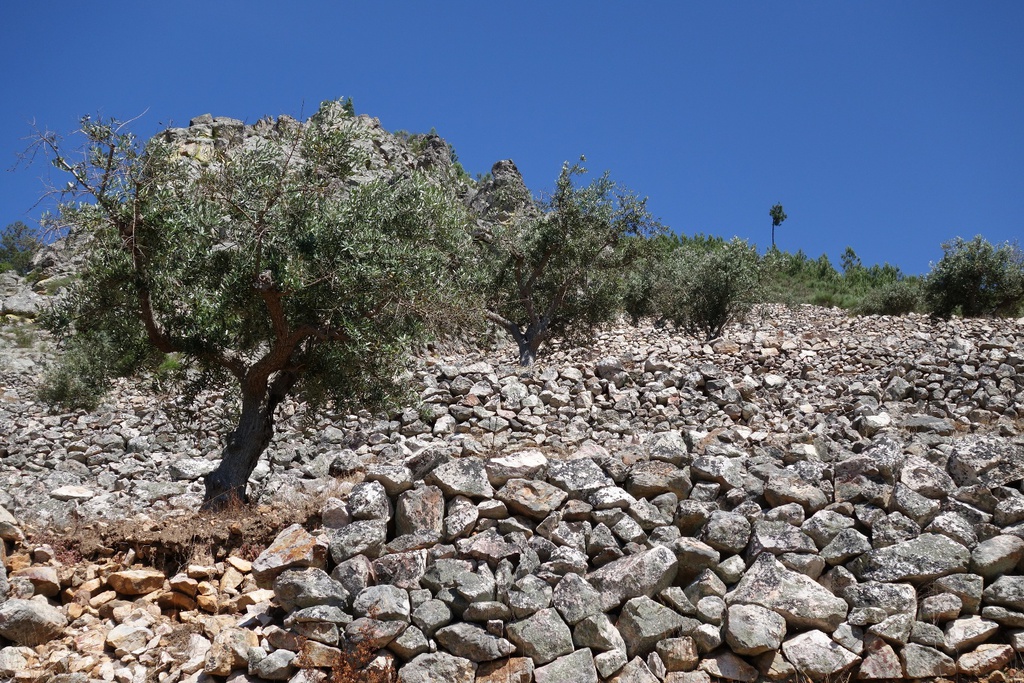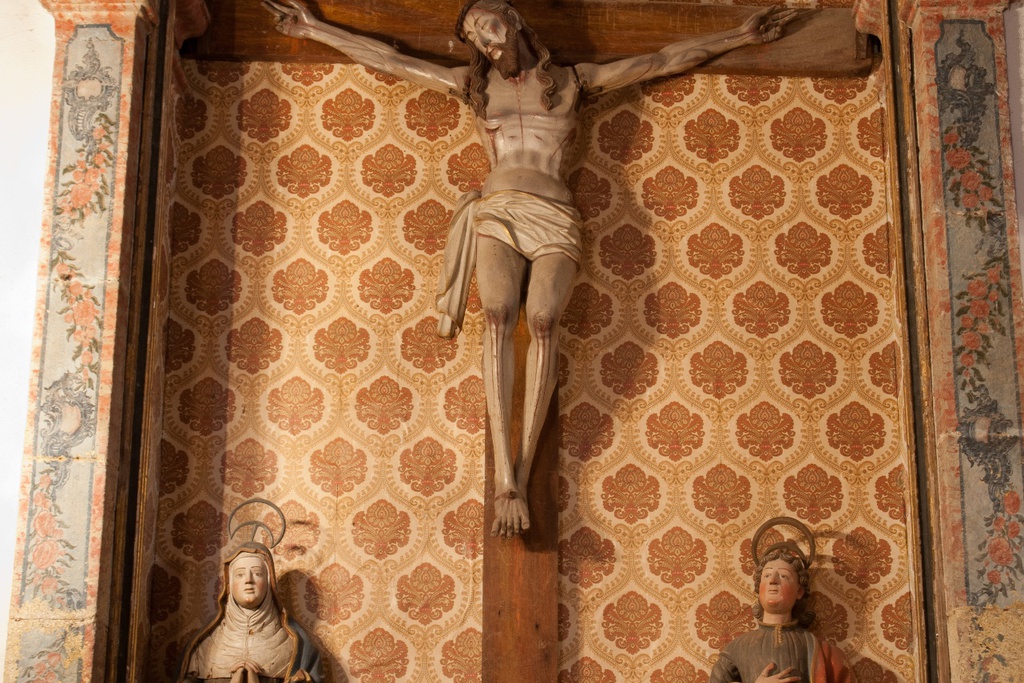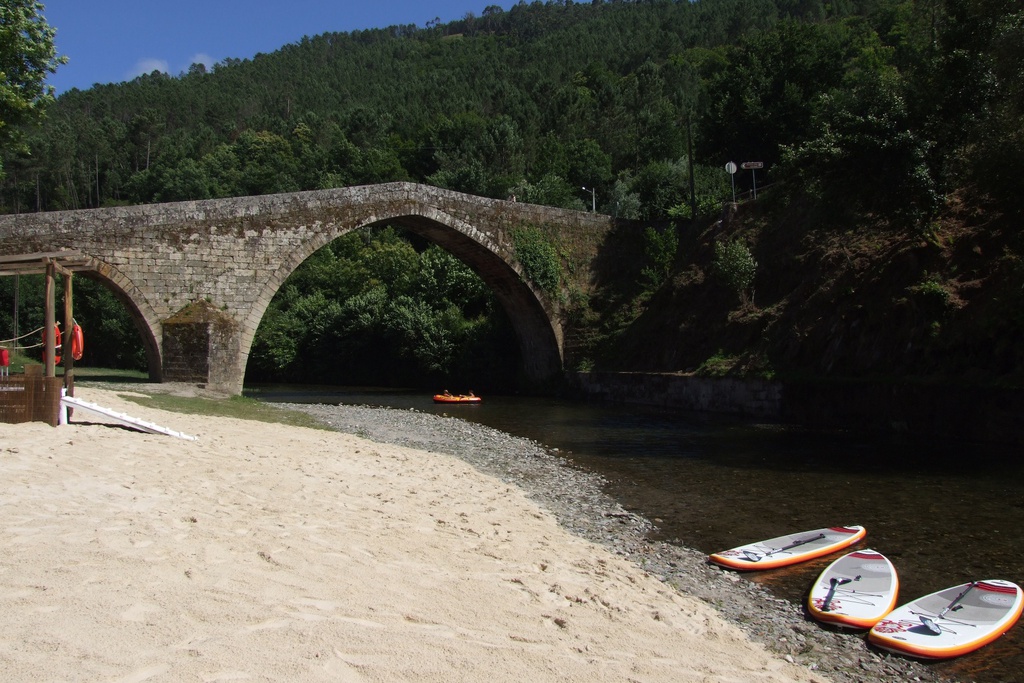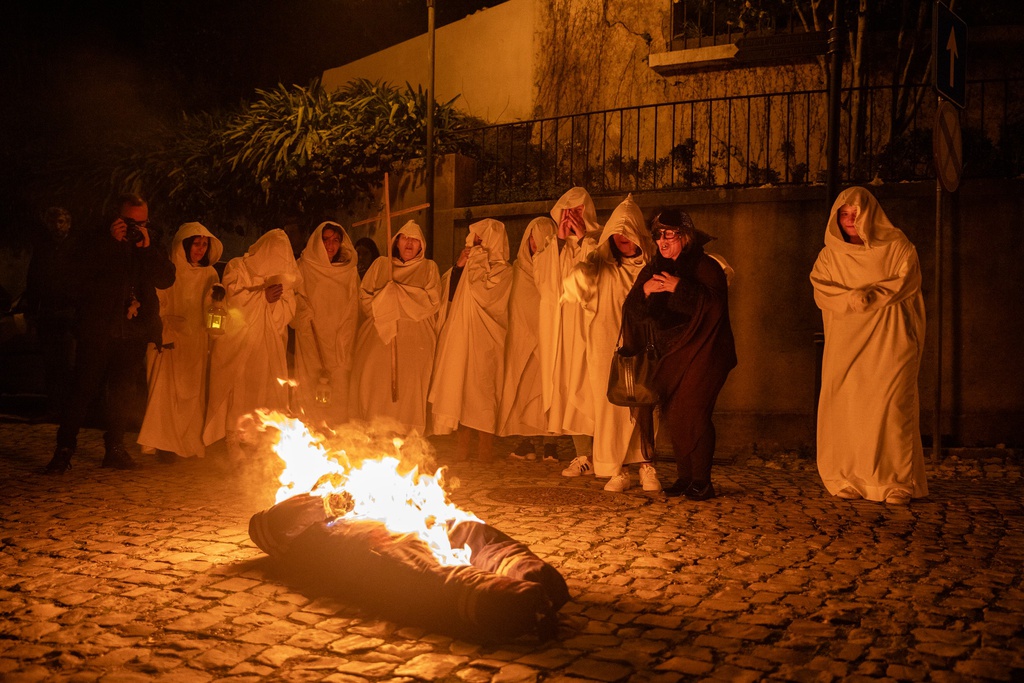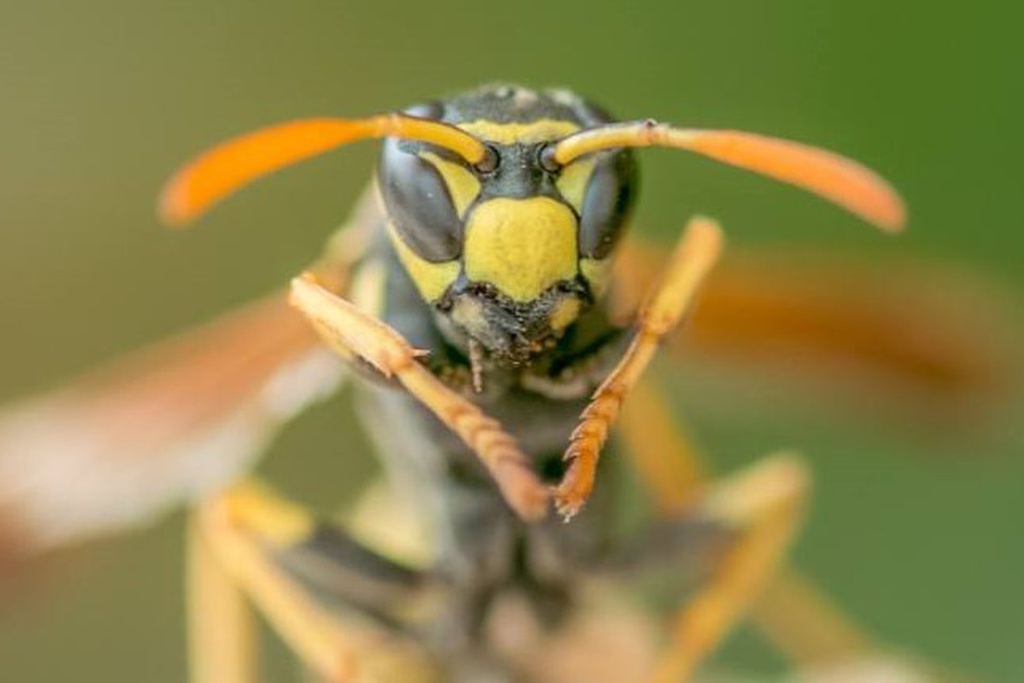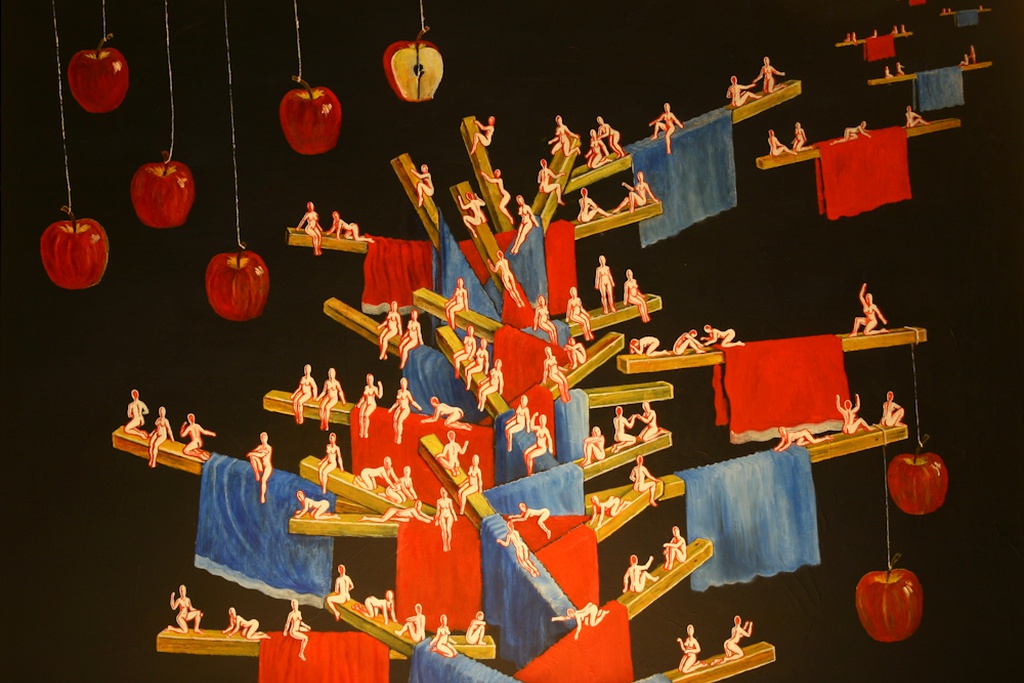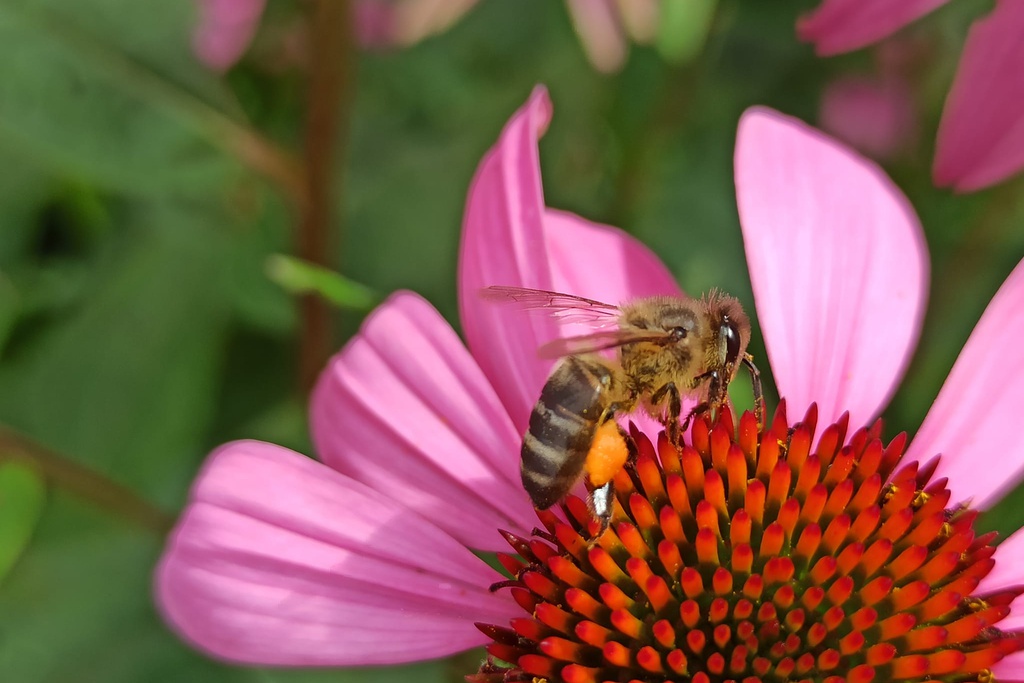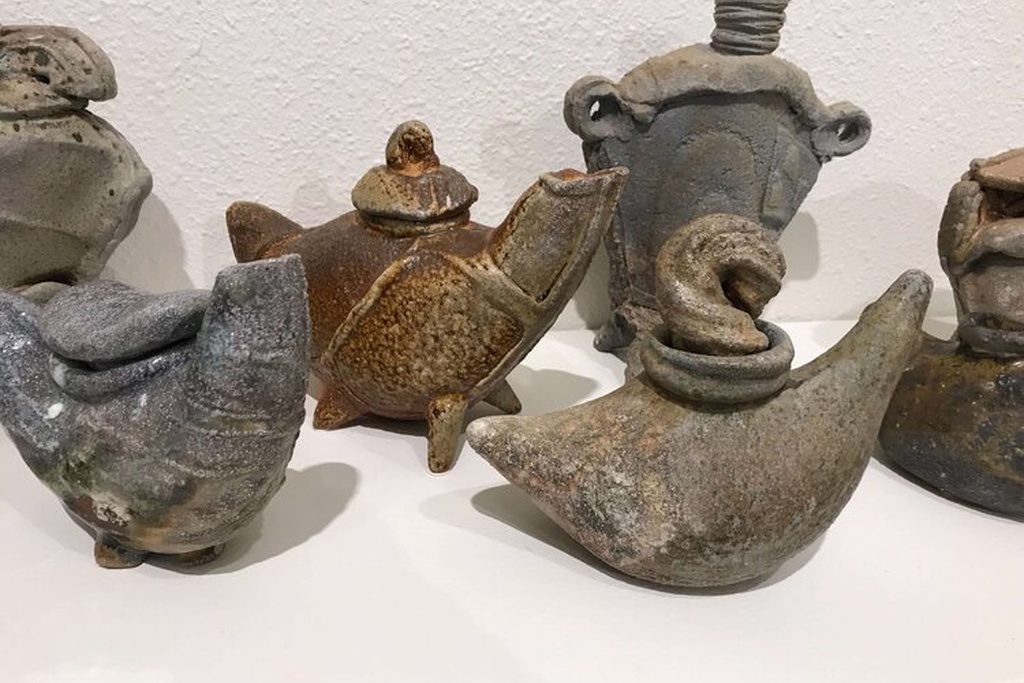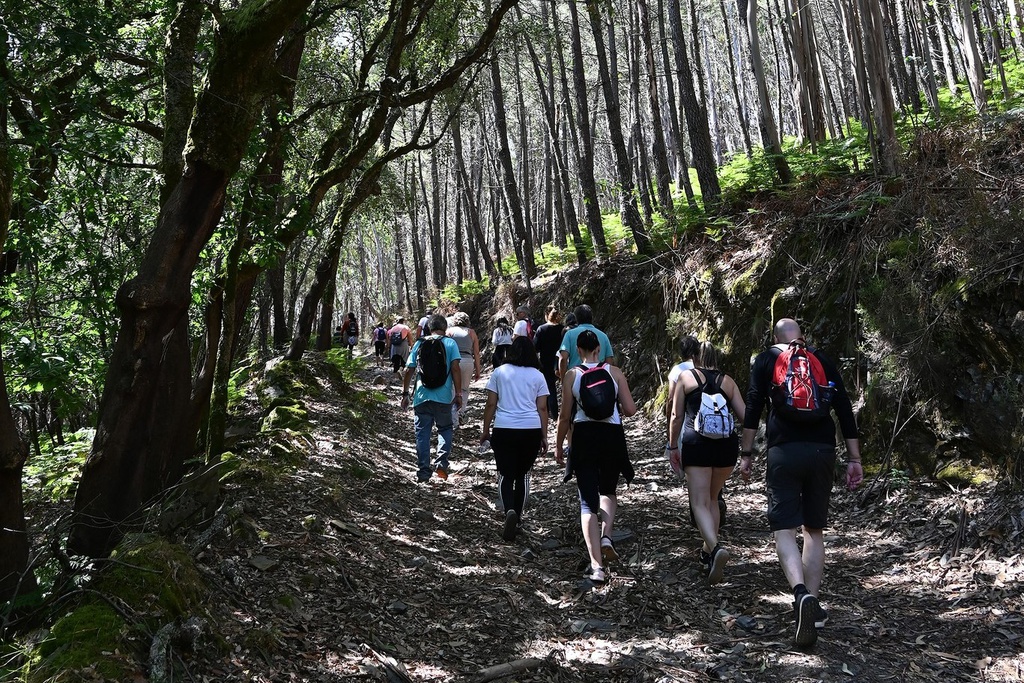serra do açor
Here you can experience the rugged sea of mountains, so characteristic of the Aldeias do Xisto. The lush and delicate Protected Landscape of the Serra do Açor gives us a glimpse of what primeval forests were like in Portugal.
1438 m altitude
5 aldeias do xisto
4 local authorities
open map
plan visit bookinxisto
Region
The territory of Serra do Açor contains a group of villages where the dominant material is schist, although many buildings are plastered. Some of them use granite in the doorways and window frames. All the villages are the centres of their parish. It is in this part of the territory that you will find Benfeita, the only village that glorifies peace with a tower, a bell and a clock; or Vila Cova de Alva, the Aldeia do Xisto with the largest monument collection. Aldeia das Dez, Fajão and Sobral de São Miguel complete the set.
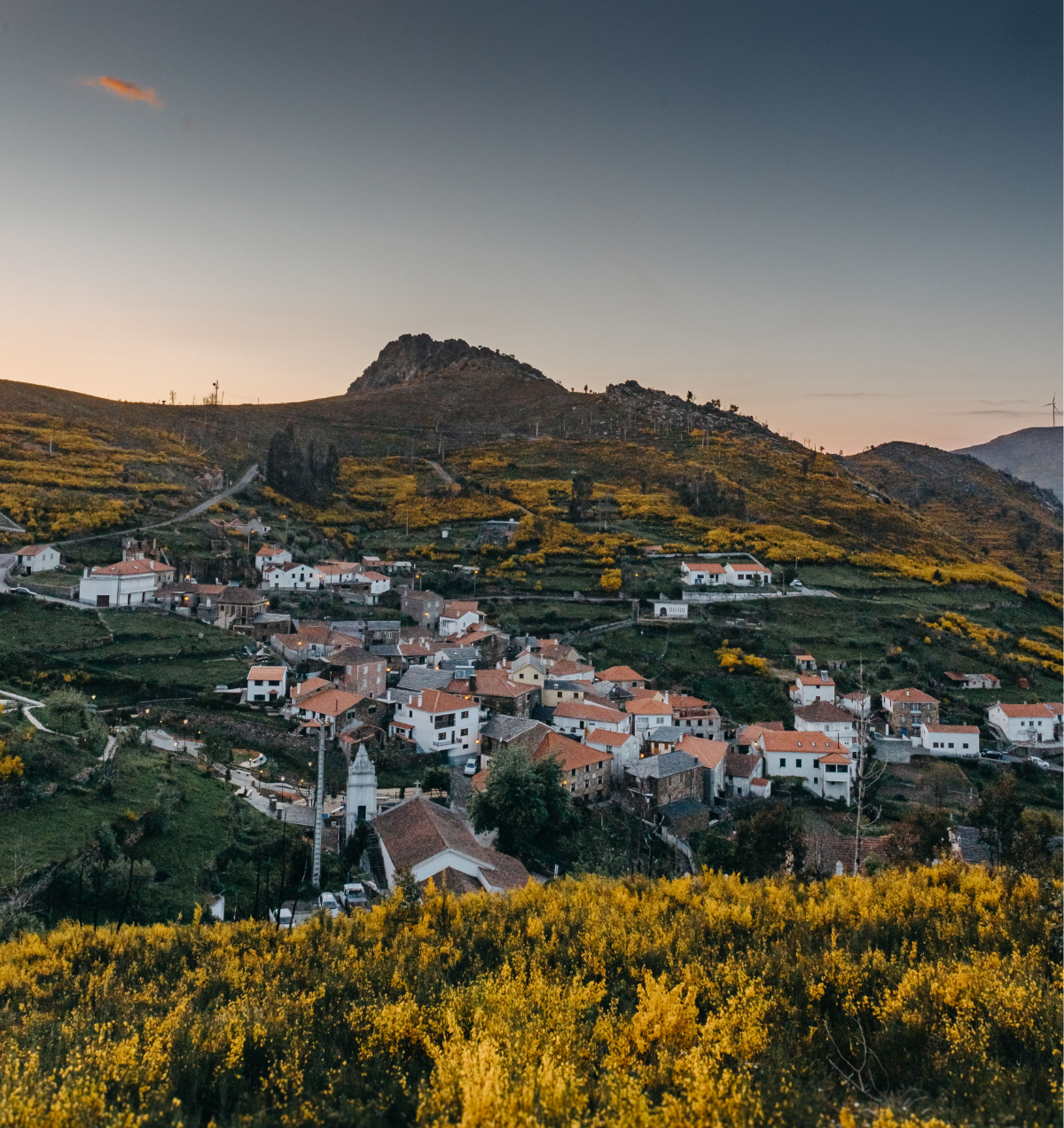
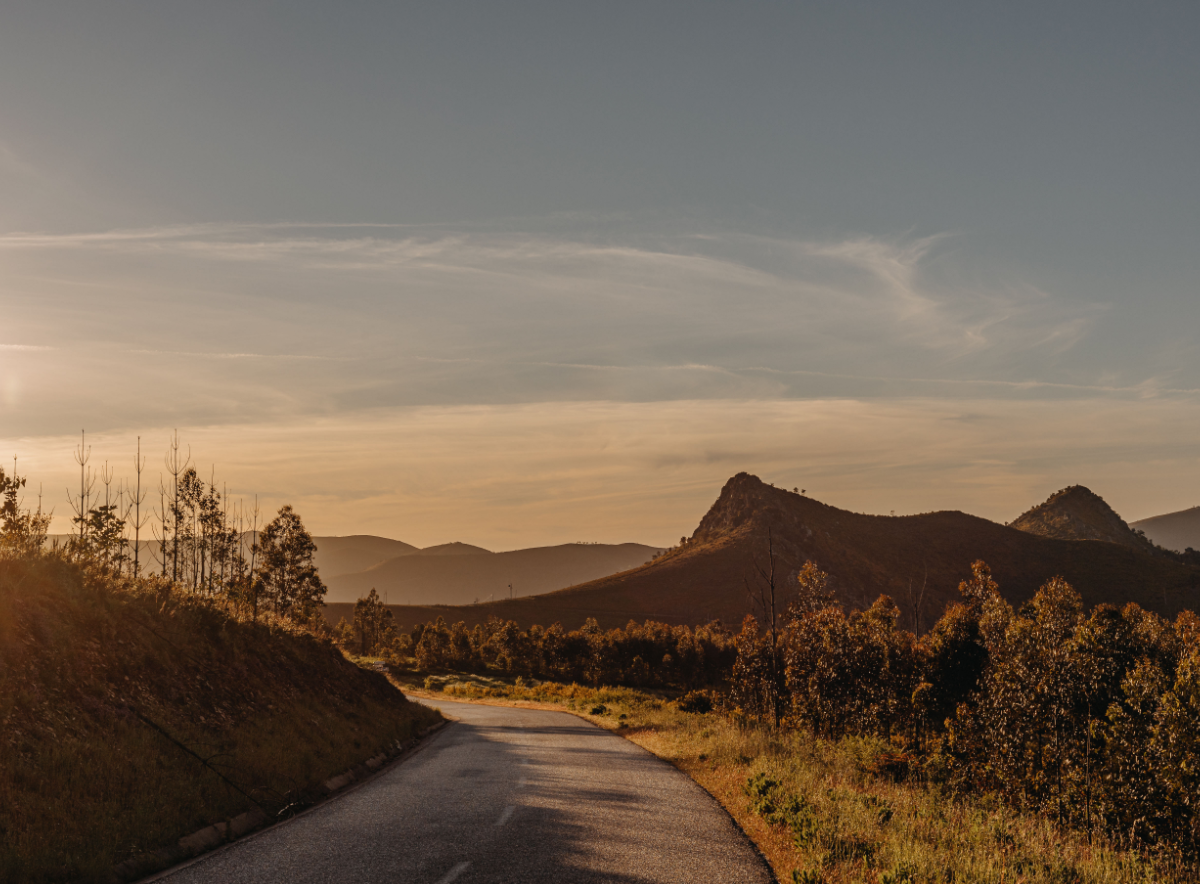
A whimsical cluster of mountains
In 1896, Viscount Sanches de Frias described the Serra do Açor as a “whimsical cluster of converging mountains, forming a region of exceptional ruggedness, where it would be difficult to find a single kilometre of flat land". It is in crossing these mountains of the Açor that you can best feel the rolling sea of mountains as far as the eye can see. In the distance, nestled halfway up the slope, the white dotted villages stand out against the landscape’s shades of brown and green. Life emerges and flourishes under the people, who have been able to read and shape the landscape for their needs. An incredible and transcendent sense of permanence shaped by time invades all the senses. And, if you stay the night on a New Moon, the starry sky has some of the lowest levels of light pollution available.
Geography
The Serra do Açor – the fifth highest mountain range in continental Portugal – consists of the northern quadrant of the Aldeias do Xisto area, ensuring the continuity of the Central Mountain Range from Serra da Estrela. On its summits, wind turbines generate electricity that reaches the whole country. It is the mother of the River Ceira, which rises from its peaks in search of the Mondego, which it finally finds at the entrance to Coimbra. But it is also a significant tributary of the Zêzere and Alva rivers. This is the schist mountain formation that reaches the highest altitude in continental Portugal: the Pico da Cebola, at 1438 m. The Serra do Açor also has other peaks, among which are Monte do Colcurinho (1242 m altitude), Alto de São Pedro (1341 m), in Alto Ceira, and Cabeço do Gondufo (1342 m altitude).
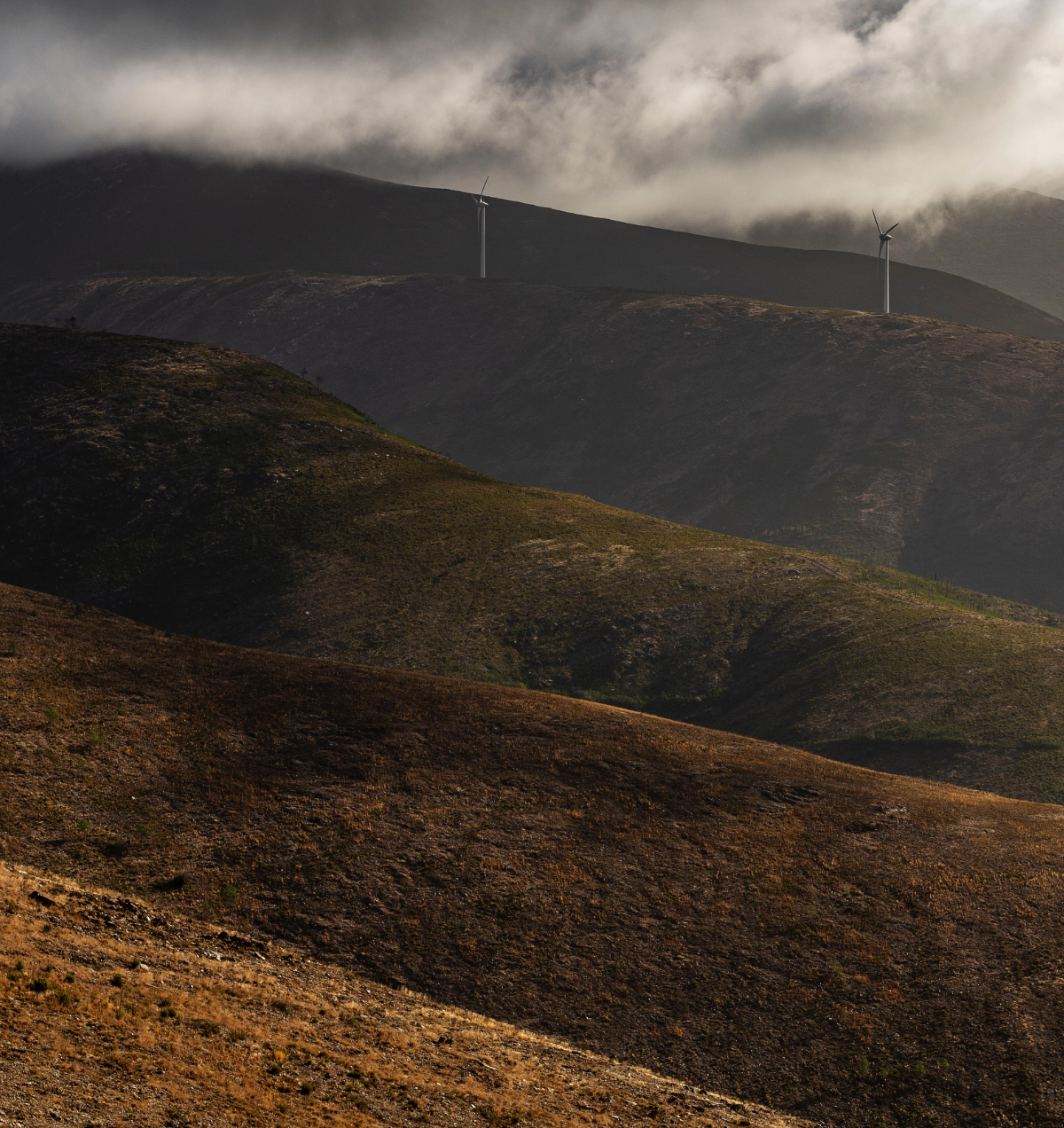
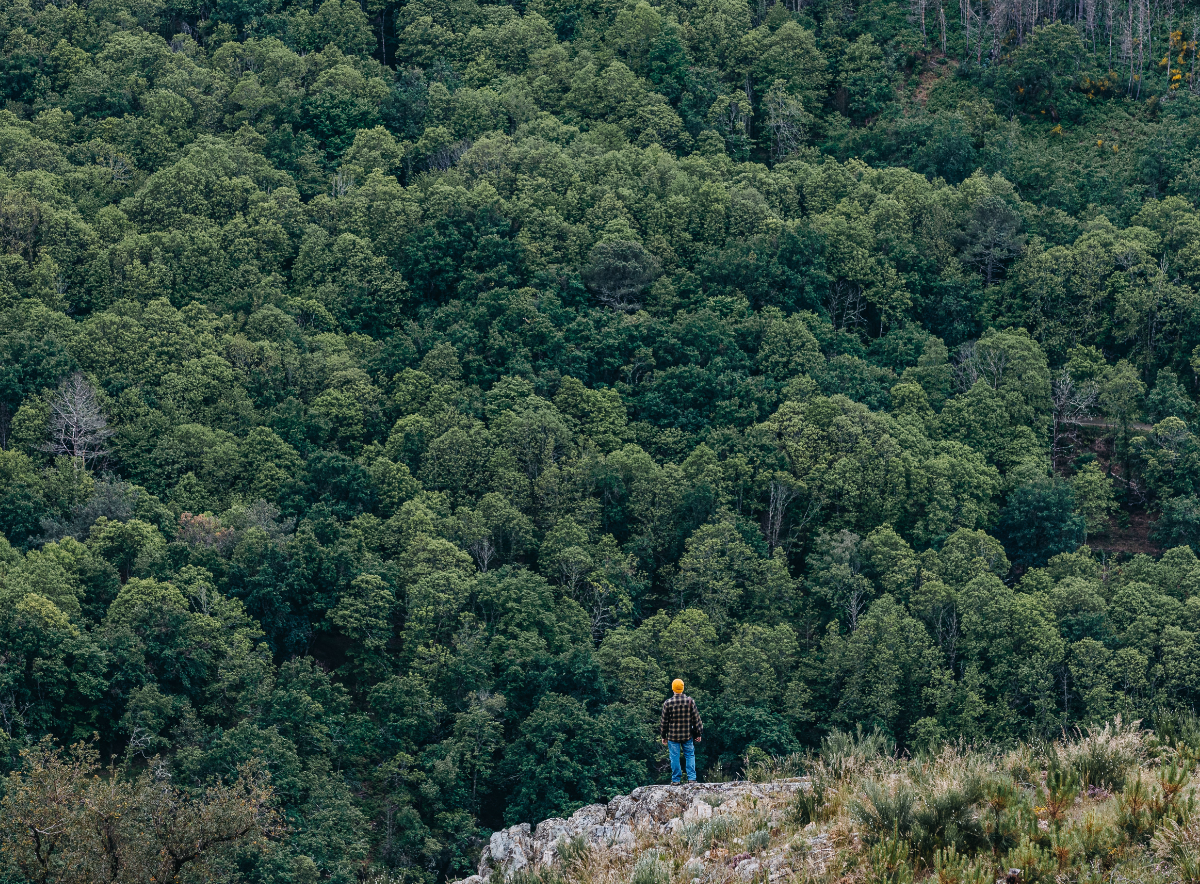
Protected Landscape
Serra do Açor was classified as a Protected Area in 1982. Its 382 hectares include two places of particular interest: Mata da Margaraça, which is part of the European Network of Biogenetic Reserves, and Fraga da Pena. The luxuriant vegetation of these stony slopes is one of the rare examples of the primitive vegetation cover of the mountain ranges of central Portugal that has survived to our days. Due to its small size and insular nature, it is a very vulnerable system. There are many streams that spring from the Serra do Açor, you can hear the sound of running water everywhere and find small lakes or river beaches.
Flora
Here we find the southern limit of the distribution area of a rare plant: Narcissus asturiensis It is in this mountain range that the wallcreeper (Tichodroma muraria) has appeared in the winters of recent years. And it is this mountain range that shelters more than half of the world’s population of an arboreal species, the Portuguese laurel. The Mata da Margaraça contains the biggest world population of this species concentrated in a single place.
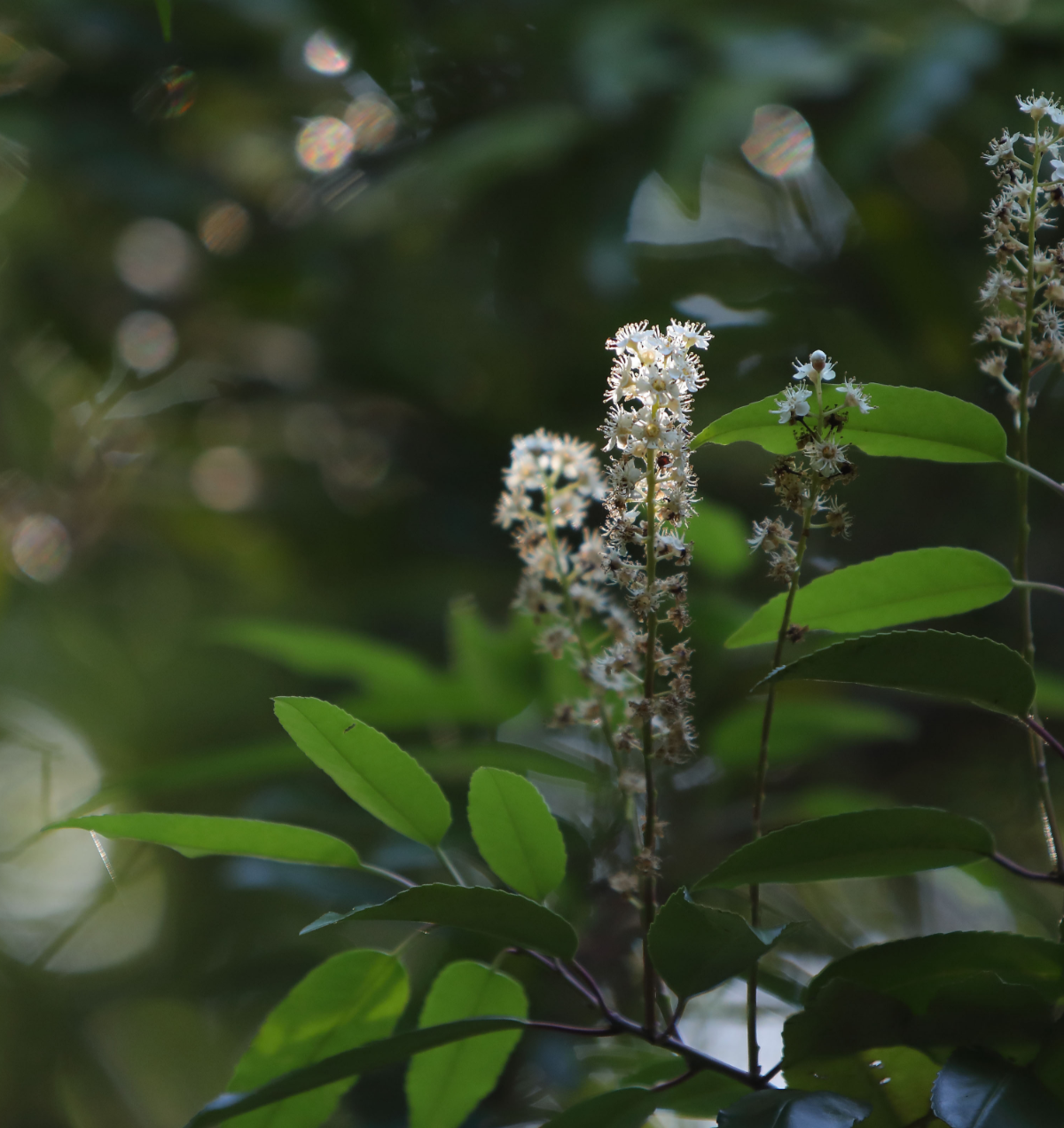
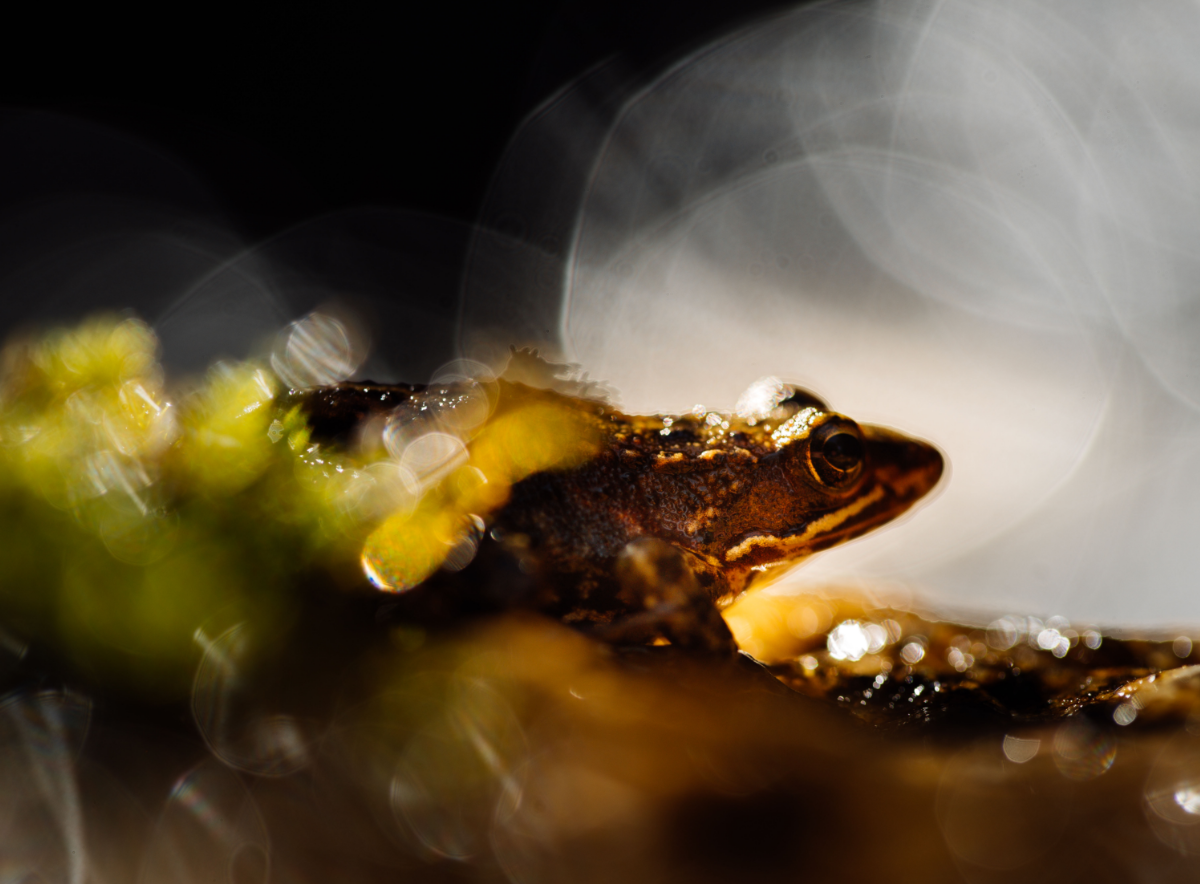
Fauna
The local fauna includes the Northern goshawk, a bird of prey that gave the mountain its name and is the symbol of the Protected Landscape Area. It coexists with other birds, such as the tawny owl and the hawk. There are also various mammals, such as wild boar and the Common genet, and a great diversity of invertebrates, of which around 240 species of butterflies stand out. This water-rich area supports numerous amphibians and reptiles, as well as a significant group of birds and small mammals, including bats.


